- #Luxury travel
- #Unusual Moscow
- #Jewish Heritage
- #Russian traditions
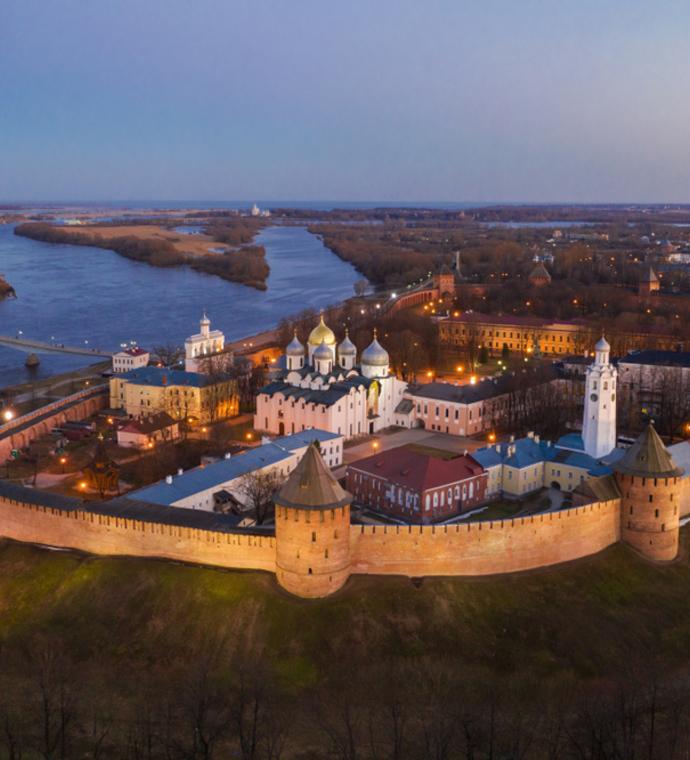

Velikiy Novgorod Guide
- #Velikiy Novgorod
- #Great Russian Cities
Velikiy Novgorod is a small city not far from Saint Petersburg and Moscow. Being the oldest city in Russia, it is often called a museum of the ancient Rus and was given the status of the World Heritage Site of UNESCO. No other city in Russia managed to preserve such a number of pieces of architecture and art from the very ancient times.
- How to get to Velikiy Novgorod
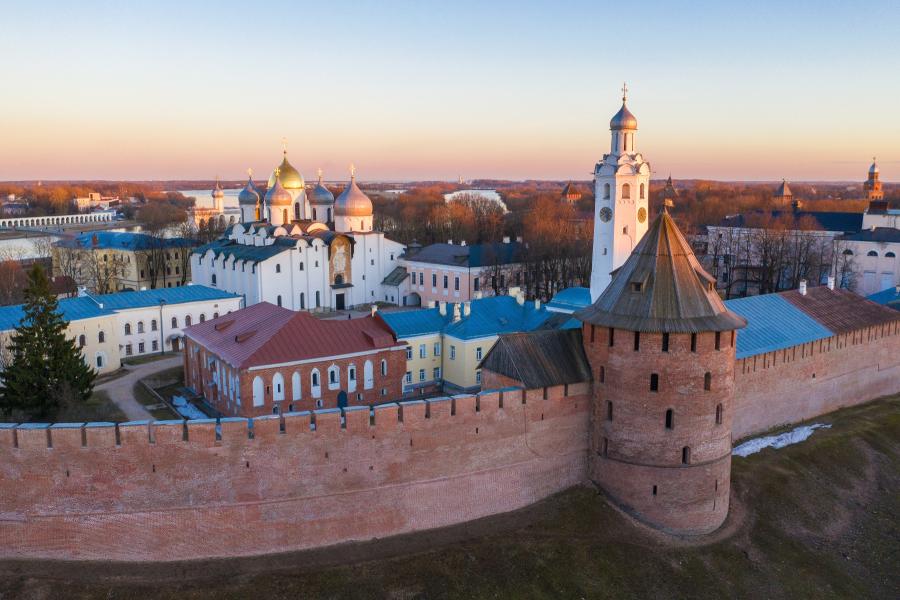
The most convenient way of travel to Velikiy Novgorod is to travel by train and the fastest route is now offered by the Lastochka train departing from Saint Petersburg twice a day: in the early morning (07:36 a.m.) and at 7:32 p.m. (the timetable is the matter of change, so you should check it before planning a trip. Tickets can be booked online). Travel time is less than 3 hours which is much faster than traveling by train from Moscow which will take the whole night. However, on the overnight train from Moscow, you can sleep on your bunk in the shared compartment for four people, while Lastochka from Saint Petersburg offers only seating coaches.
Approximately 4 hours you will spend on your way to Velikiy Novgorod if you choose bus travel from Parnas metro station in Saint Petersburg. However, this might be more convenient if you need to travel in the afternoon, later than 7 o’clock in the morning or before 19:00, as there are more buses than the train and the schedule offers routes during the whole day.
Getting to Velikiy Novgorod by car is also quite a fast and convenient way for those who choose privacy and comfort.
Start your trip
- What to do and what to see
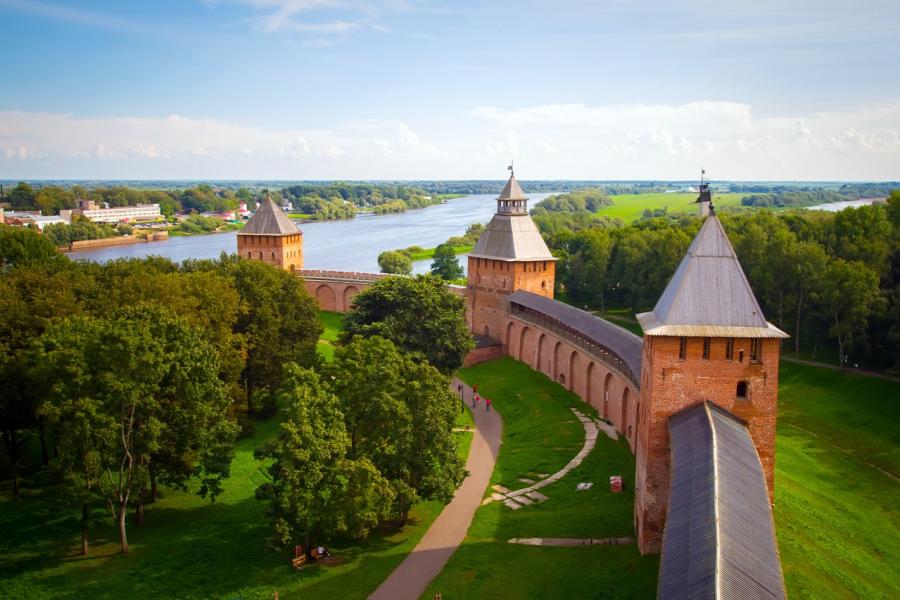
Velikiy Novgorod is a gem for those who are into history and culture; sometimes they call it Russia Florence. Let’s start with the Cathedral of St. Sophia, built in 1045 and located in the historic downtown of Novgorod. Why is it worth seeing? Mostly, for its unique examples of ancient art: frescoes and altar-screens, especially the most famous one called Virgin of the Sign. Another great cathedral is the Cathedral of St. Nicholas; for the fullest experience, visit the Chuch of the Nativity of Our Lady in St. Anthony's Monastery, where you will also enjoy mural paintings, iconostases, and of course the ancient exterior. The Kremlin of Novgorod — the oldest kremlin in Russia — was the heart of crucial moments in ancient Russia: it was used for the town’s meetings and welcoming foreign ambassadors. One of the remarkable points of the Kremlin is the monument called "The Millenium of Russia”, erected in 1862. It is dedicated to the most outstanding Russian figures like tsars, writers, politicians, historians. To explore more art of the 1012 centuries, visit the main hall of the Faceted Palace in Kremlin: it features an exhibition of enamel art with some very unique and rare items. The Yaroslav Court and the ancient Tradeyard is another open-air museum with great examples of architecture like churches of Paraskeva-Pyatnitsa, Myrrh-Bearing Women, and St. John-The Baptist. If you drive only 4 kilometers away from Velikiy Novgorod city center, you will have a chance to see the famous open-air complex called Vitoslavlitsy. It is fully dedicated to the wooden architecture from 16th to 20th centuries and gives you an opportunity to explore wooden churches, peasant houses and get acquainted with the folk art and household items of plain citizens of Novgorod during past centuries.
- What to buy
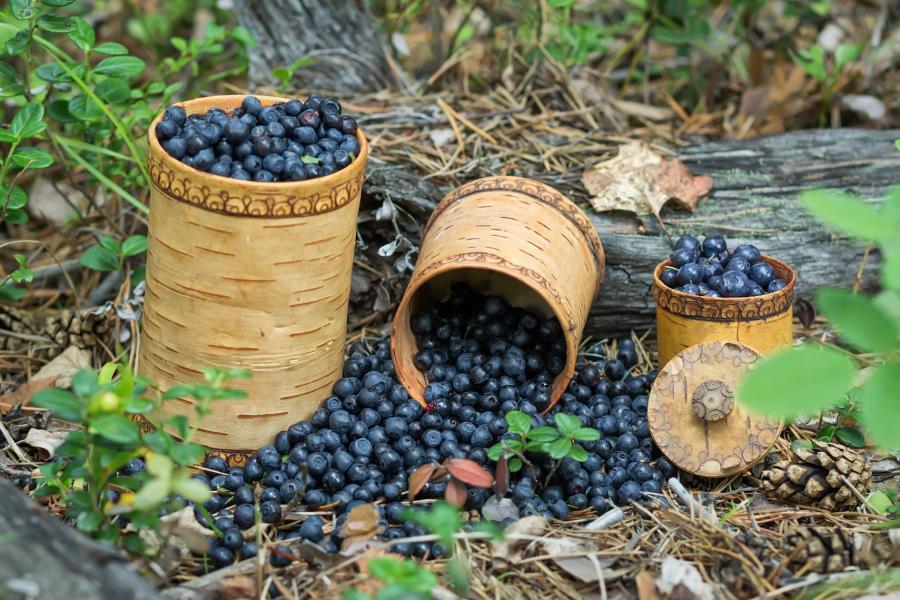
There is no doubt that you want to keep your memories by buying some special souvenirs from Velikiy Novgorod — not just simple nesting dolls or ushanka hats, sold in every corner of Russia. In Velikiy Novgorod, you are most likely to find more unusual options. First of all, Novgorod craftsmen have always been famous for their birchbark crafts and you can find various cute items to take with you: jewel cases, hairpins, and hairbands, plates, and cups. For a laugh, you can also buy bast shoes — traditional footwear of Russian peasants also made of birchbark. Along with the birchbark, you will always find wooden carved figures on the shelves — some of them are made in a rather exquisite way and will become a perfect gift or a part of your home design.
Not many people know about Valday bells. Their history starts from veches — public assemblies in Novgorod and other Slavic countries and to call the audience to visit the veche, they used a big bell located in Kremlin. Small bells, sold as souvenirs are crafted in Valday, a town in the Novgorod region, and are believed to have a very melodic and clear sound. They symbolize the Russian orthodox church and remind of veche traditions at the same time.
If you want to buy a gift for children, tin whistles are the right choice. They are sold literally everywhere in Velikiy Novgorod and are made in different shapes to resemble birds or animals. This is not a simple whistle, but an ancient musical instrument with a high-pitched sound.
- Where to eat
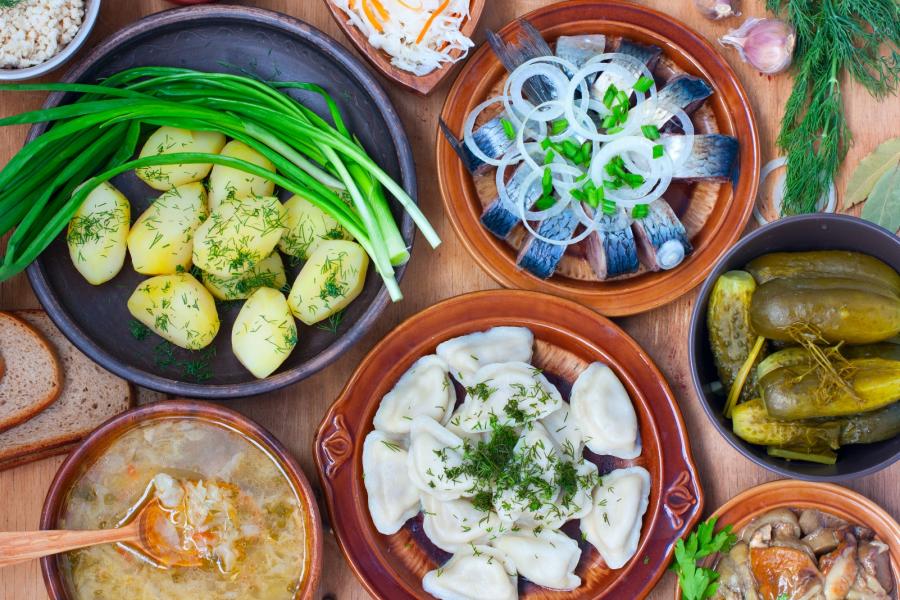
Velikiy Novgorod is not famous for any luxury restaurants, but still offers a wide range of decent places with Russian and European cuisine. In the very heart of the city, near the Kremlin, there is a very cozy café called Telegraph; locals and guests love it for its delicious meals and great view right on the main sight of the city.
While walking around the city, you will always find some small coffee shop chains where you have a snack and tea or coffee; for those, who have time restrictions, there are popular fast-food chains like McDonald’s’ and KFC.
- Yekaterinburg read
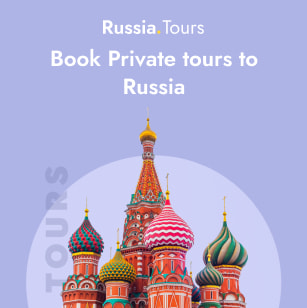
We use cookies to improve your experience on our Website, tailor content, and measure advertising. By continuing to use our Website, you accept our Privacy Policy .
Your request has been sent successfully! Our travel expert will contact you shortly.
This site is protected by reCAPTCHA and the Google Privacy Policy and Terms of Service apply.
Take a walk through the most ancient Kremlin in Russia
The Novgorod Kremlin, which is also called ‘Detinets’, is located on the left bank of the Volkhov River. The first fortified settlement was set here during the reign of prince Vladimir Yaroslavich, the son of Yaroslav the Wise. During these times, all the state, public and religious life of Novgorod was concentrated here. It was the place where people kept chronicles and copied the texts of books. The Novgorod Kremlin, the most ancient one in Russia, was founded here in the 15th century.
St. Sophia Cathedral (11th century), The Millennium Of Russia Monument, Episcopal Chamber (15th century) and the main exhibition of The State Novgorod Museum-reservation located in a public office building of the 18th century are all situated in the Novgorod Kremlin. The exhibition will tell you about the whole Novgorod history from ancient times to the present day. There are also restoration workshops, a children’s center, a library and a philharmonic inside the Kremlin walls.

Send a letter with the State Novgorod Museum-reservation stamp
While visiting the main building of the Novgorod Kremlin museum, you’ll see a small bureau near the souvenir area. Two more bureaus like that can be found in the Fine Arts Museum and the Museum information centre. This is the Museum Post, the joint project of the State Novgorod Museum-reservation and Russian Post.

The tradition to exchange letters (at that time written on birch bark sheets) dates back to the 11th century so it’s hardly surprising that such a project appeared here. The bureaus are desks and mailboxes at the same time, so you can send your friends a postcard with a view of Novgorod right from the museum.

Find the famous Russian poet Alexander Pushkin among the figures of The Millennium Of Russia Monument
In 1862, 1000 years after the Varangians were called to Russia, a monument dedicated to this event was launched in Novgorod. To tell the story of Russia’s one thousand years, the sculptor used 129 bronze figures: from state and military leaders to artists and poets.
One of figures portrays Afanasy Ordin-Nashchokin, a politician and reformer who was responsible for Russia’s diplomatic relations in the middle of the 17th century. He is believed to be the father of international and regular mail in Russia. He was also the person who came up with the idea of the first Russian Post official emblem — a post horn and a double-headed eagle.
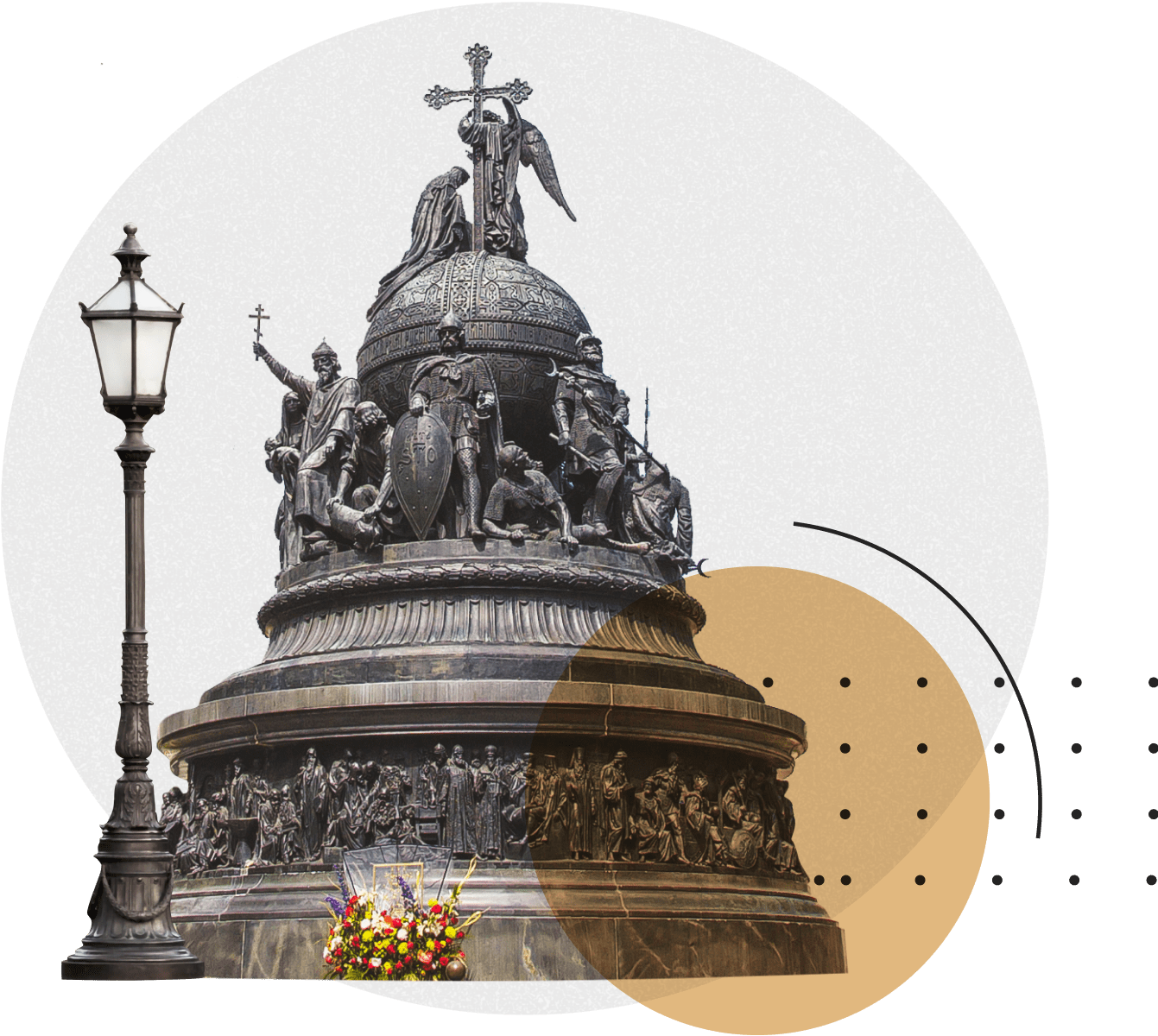
Cross the Msta River over the first arch bridge in Russia
The steel bridge in Borovichi town that connects two banks of the Msta river was built at the beginning of the 20th century. The project of the bridge was created by Nikolay Belelyubsky, engineer and professor of St. Petersburg State Transport University. This is the first arch bridge in Russia.
In 1995, it was included in the national cultural heritage register. More than 100 bridges across Russia were developed by Belelyubsky, but only this one is named after him.

Cast a virtual bell
When in the Novgorod region, you’ll definitely hear bells ring and learn about the Novgorod Veche Bell. During the siege of the city, tsar Ivan III ordered to remove this bell from the bell tower and send it to Moscow. Legend says that the bell didn’t accept his fate, fell to the ground near the border of the Novgorod region and broke to pieces against the stones.
In the biggest Museum Bell Centre in Russia located in the Valday town, you can see bells from across the world and learn why Novgorod bells are unique. The museum’s collection represents bells from different countries and ages, some of them dating back to the 3rd century BC. You’ll learn about the history of casting and modern bell-making technologies and also play games on a touch table. For example, harness virtual ‘troika’ (three) horses with bells or cast a virtual bell.
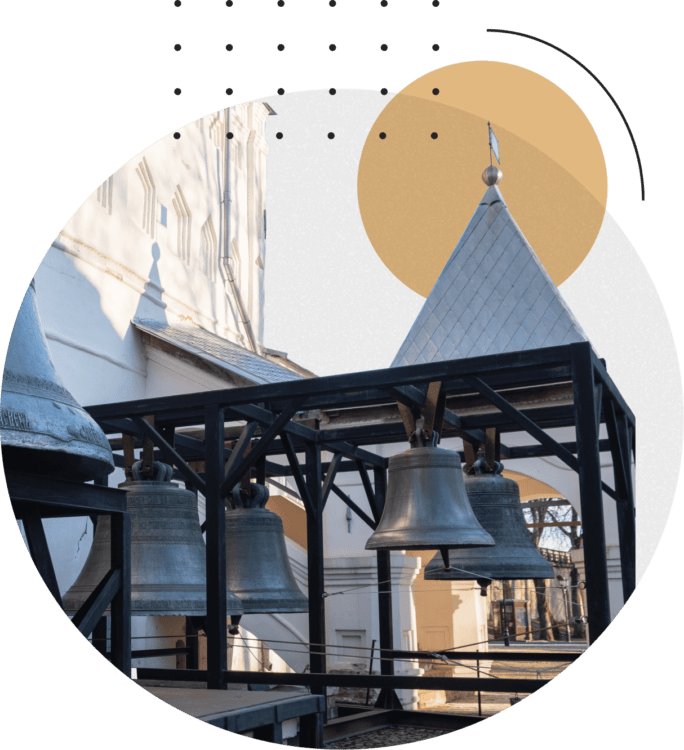
Spot the pigeon on the cross of St. Sophia Cathedral
St. Sophia Cathedral was built in Novrogod between 1045 and 1050 by Kievan and Byzantine masters. It was conceived as the main cathedral of the city, and during its first years it was the only stone building in Novgorod. So where does the pigeon on the cross of the cathedral’s biggest dome come from?
Legend says that while tsar Ivan the Terrible and his Oprichniki were cruelly killing peaceful city folk in 1570, a pigeon suddenly sat down to the cross of the city’s main cathedral. It looked down, saw the massacre, and was literally petrified with horror. Since then the pigeon has been considered the defender of the city. People believe that as soon as the pigeon flies away from the cross, Novgorod will come to an end.
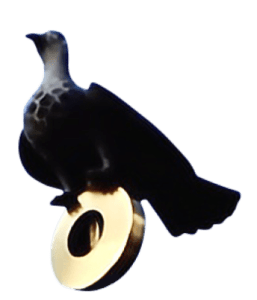
Visit a monastery, that was founded by Patriarch Nikon
The Valday Iver Monastery is situated on the island in the middle of the Valday lake. It is considered to be one of the most important and picturesque orthodox shrines.
The monastery was founded in 1653 by the initiative of Nikon who had just been elected Patriarch. Nikon wanted the monastery to look like the Iviron Monastery on Mount Athos, including the architectural style and monk’s clothes. Legend says that Nikon saw the spot for the monastery in a dream.
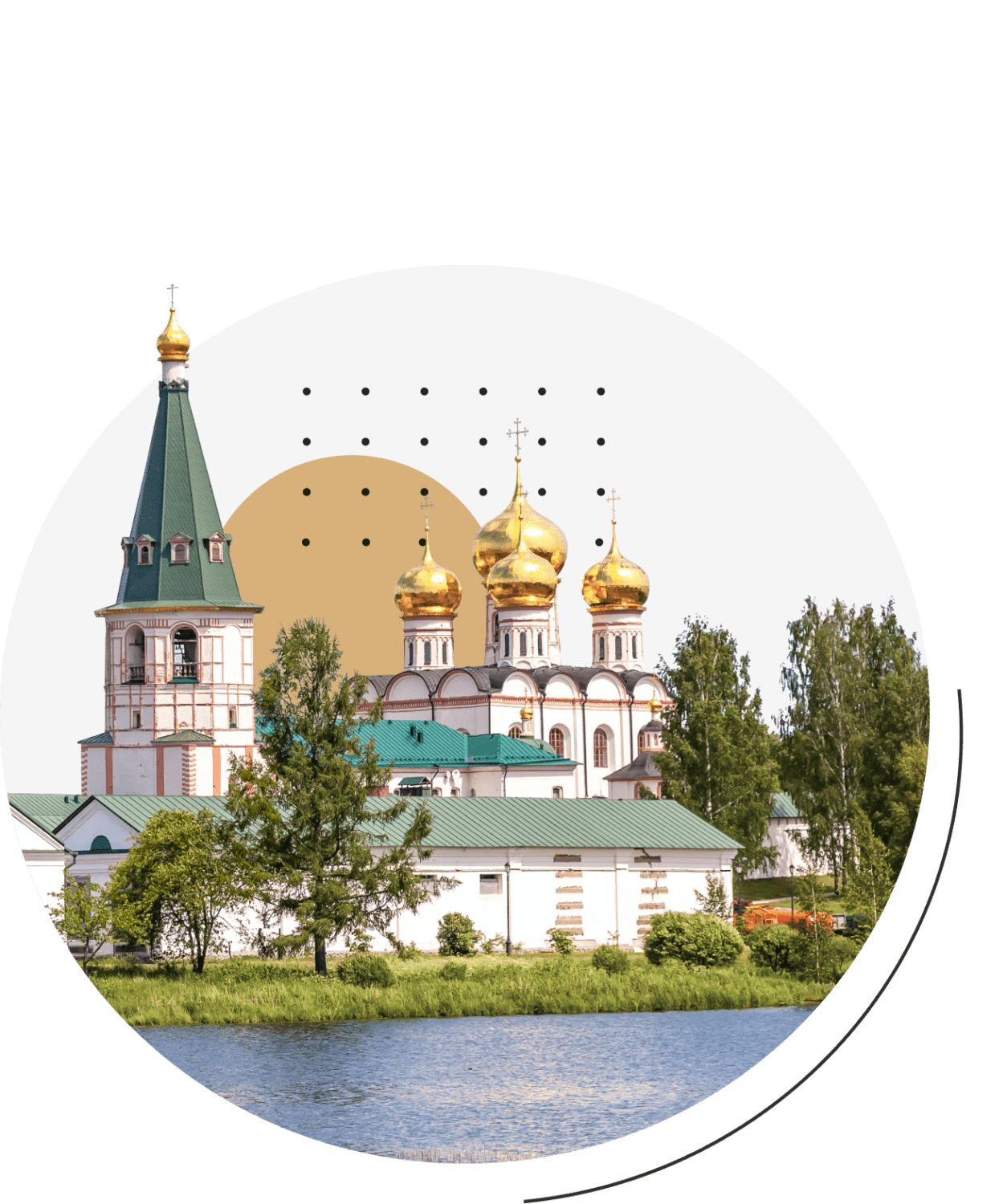
Check out Fyodor Dostoevsky’s country house
Fyodor Dostoevsky, a famous Russian writer, first visited Staraya Russa town in 1872 during a summer trip with his family. They liked it so much that the next year they rented a house near the Pererytitsa River’s embankment and spent every summer here ever since.
Dostoevsky loved this house, called it ‘his nest’ and considered it the perfect place to work and to be alone. In Staraya Russa he wrote his novels ‘The Adolescent’, ‘The Brothers Karamazov’ and ‘Demons’. Today, this place is a museum where you can explore what Dostoevsky’s house looked like and see his family’s personal belongings, photos and letters.

Visit an authentic Russian ‘izba’ (wooden house)
If you want to really enjoy the atmosphere of the old Novgorod, you should come to the Vitoslavlitsy Museum of folk wooden architecture that is located on the Myachino lake not far away from Veliky Novgorod. In this open-air museum you’ll see the best examples of Russian wooden architecture, including authentic old ‘izbas’ (wooden houses), rural chapels and churches.
During the year, the museum hosts fairs of crafts and folklore, christmastides, and even an international bell ringing festival.
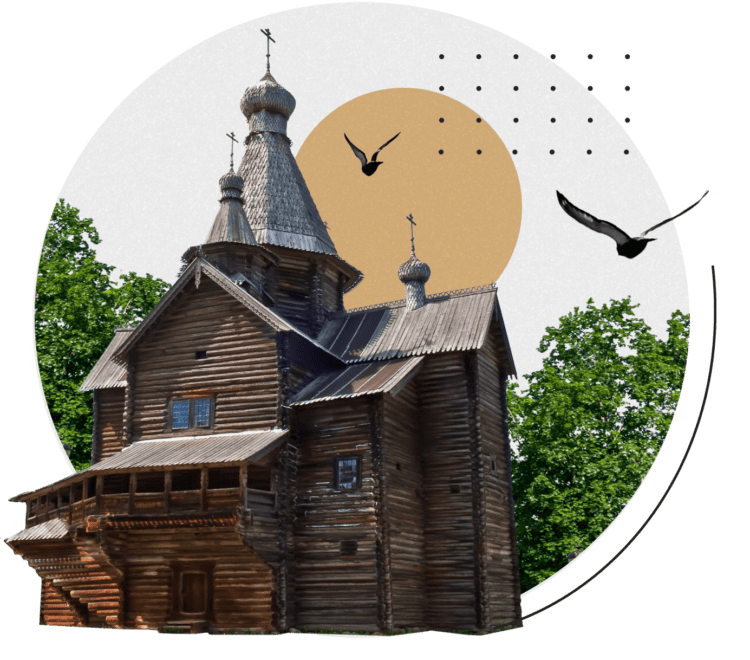
Learn what Brick Gothic looks like
The Episcopal Chamber of the Novgorod Kremlin is the only non-religious German Gothic building of the 15th century preserved in Russia. You can have a good look at the facets of the gothic cross-domed vaults inside the chamber. This is why this building is also called ‘Faceted Chamber’ or ‘Chamber of Facets’.
The chamber was part of Vladychny Dvor, the place where all important city events took place: court hearings, gatherings of the Council of Lords of the Novgorod Republic, ambassador’s receptions and feasts. The seals of the city’s lords were kept here. The decree of tsar Ivan III on merging the Novgorod Republic with the Moscow State was first announced in 1478 in Episcopal Chamber. This is when the name of the new state, Russia, was first pronounced.
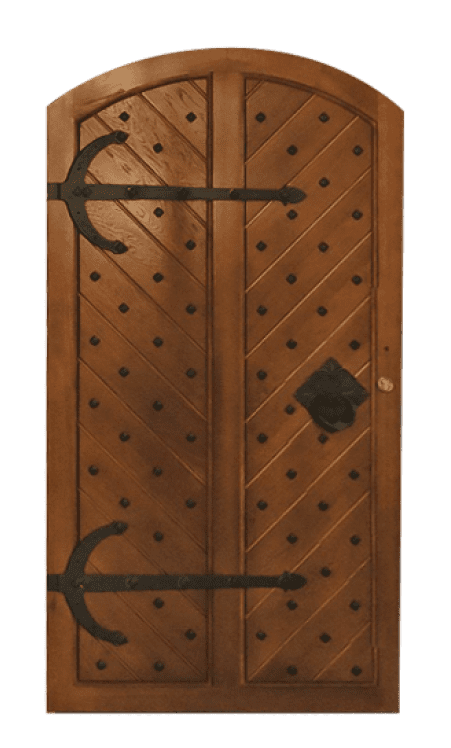
See the murals by Theophanes the Greek
The Byzantine Empire had a huge impact on the development of the Russian culture. Many works of art and architecture in ancient Russia were created by Byzantine artists and masters. Theophanes the Greek was one of them. He was born in Byzantine and created icons and murals in Constantinople and Caffa (modern Feodosia). After that he moved to Novgorod where he was commissioned to paint the walls of the Church of the Transfiguration of the Savior on Ilyina Street. You can enjoy his unique and expressive style if you look at the murals inside the dome of the church and the Trinity side chapel.
The most recognizable and the only monumental work of Theophanes the Greek that is preserved today is the chest-high portrait of the Savior the Almighty in the dome of the Church of the Transfiguration of the Savior.
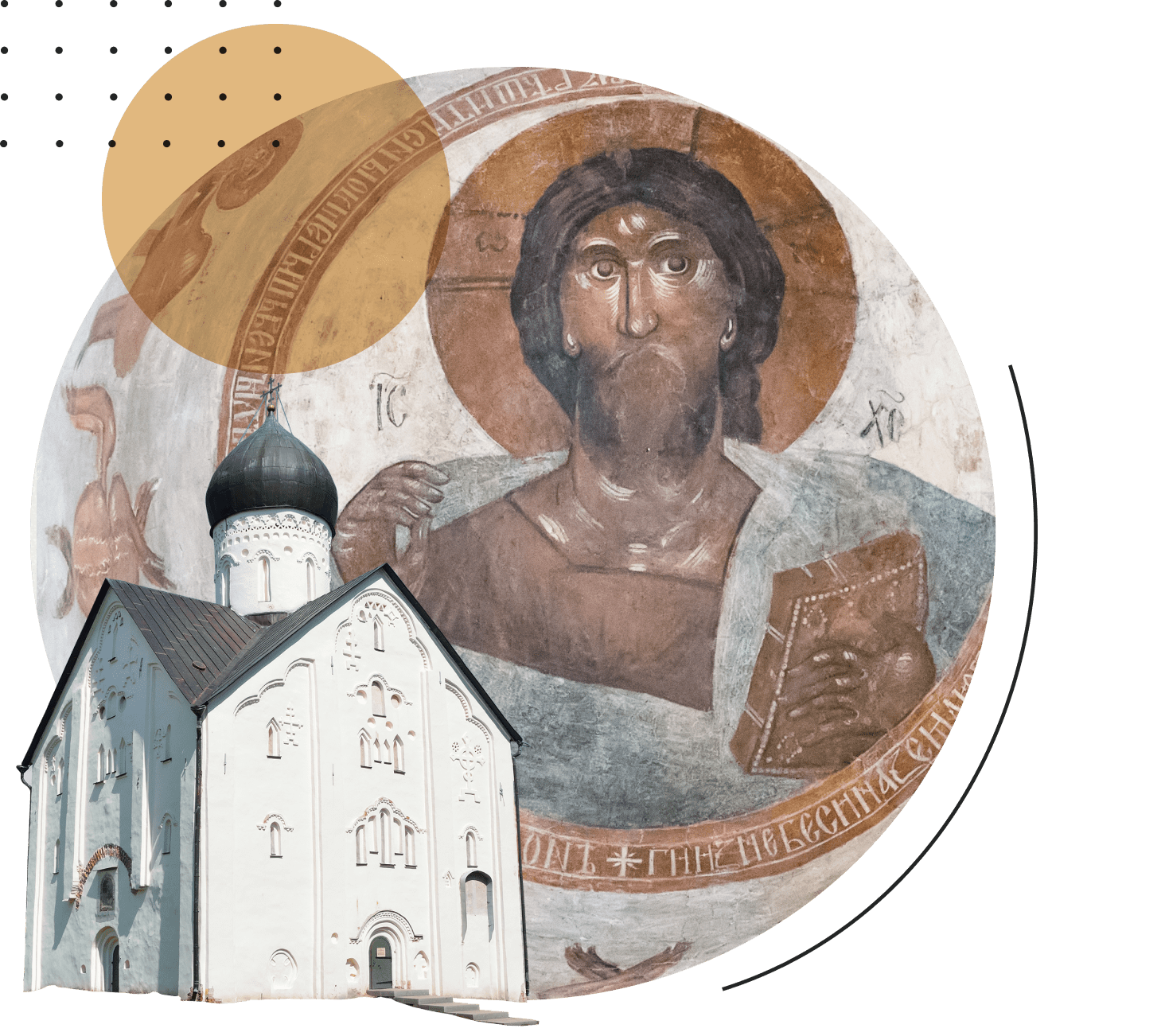
Take a photo with an ancient Novgorod citizen who is learning how to read and write
In 1951, a letter written on birch bark dating back to the 14–15th centuries was found in Veliky Novgorod. Many decades later, in 2019, a sculpture designed by Novgorod artist and sculptor Sergey Gaev appeared on this exact site.
The sculpture portrays an 8–year old boy sitting on a stool and holding a piece of birch bark. At this age children in Novgorod started to learn how to read and write. During archaeological excavations in Novgorod, scientists often found ancient handwriting practice books and children’s drawings on birch bark sheets.
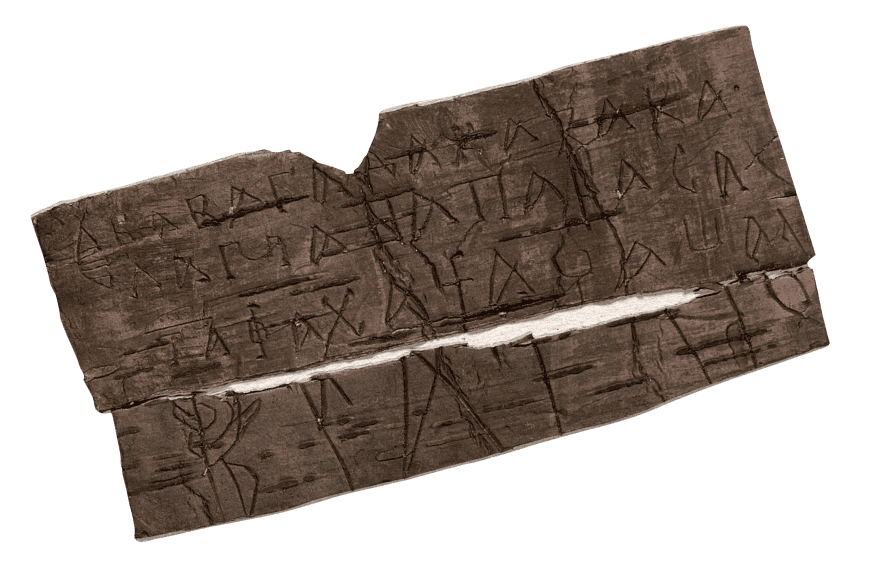
Feel like an ancient viking or prince Rurik’s guest
Novgorod is one of the waypoints of the famous trade route from the Varangians to the Greeks. The route passed through the Volkhov river. In the 9–10th centuries there was a fortified settlement of the Viking Age here.
Some scientists believe that Novgorod is named after this area which was called ‘Stary Gorod’ (‘Old City’) at that time. Some historians and archeologists consider this place to be the residence of Prince Rurik who was asked to rule the city in 862. That’s why this ancient settlement is called ‘Rurikovo Gorodische’ (‘Ruruk’s Old City’).
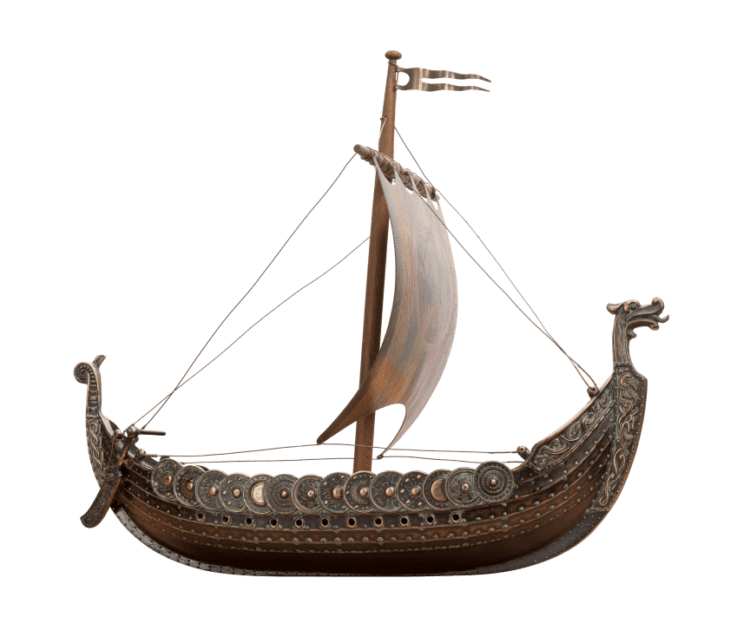
Learn more about the Soviet modernist architecture
On the bank of the Volkhov river near the Novgorod Kremlin, there is an incredible building that looks like a spaceship and contrasts strongly with the ancient buildings of the city.
This is the Fyodor Dostoevsky Theater of Dramatic Art that was built in 1987. It is one of the most striking examples of the Soviet modernist architecture. The theater was built for 10 years according to the project of architect Vladimir Somov.
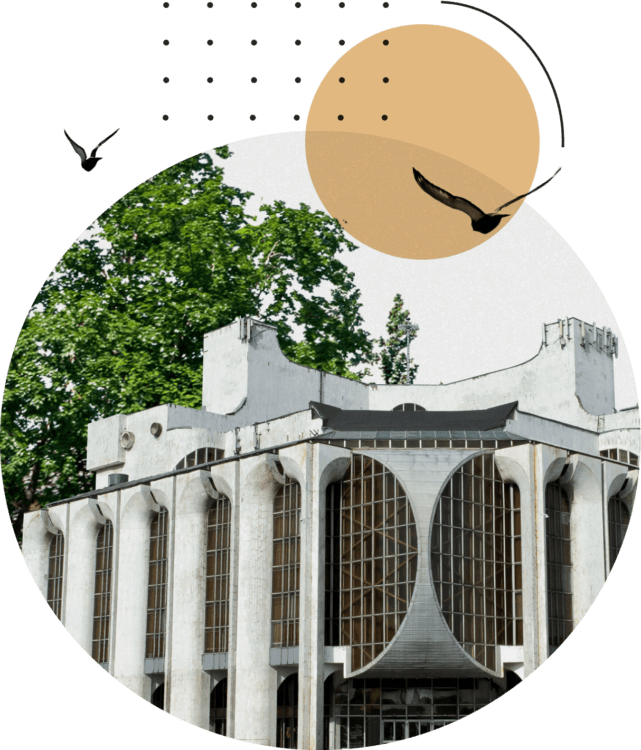
See what an everyday life of Old Believers looks like
The Krestsy town in the Novgorod region has always been considered to be the center of the Novgorod Old Belief community, and it still is. Before the Soviet revolution there were three Old Believers churches here.
The Lyakova village, which is located not far from the town, used to be inhabited completely by Old Believers. You can learn more about their lifestyle in the local interactive museum. You’ll be introduced to Old Believers’ traditional crafts and ceremonies, drink tea with healing herbs and learn how to chop wood and use an old spinning wheel.

Buy a traditional embroidered tablecloth
A unique embroidery style that is now famous all over the world was born in the Staroye Rakhino village in the Novgorod province. By the middle of the 19th century, it had become a folk craft. Since then, linen tablecloths, towels and clothing items decorated with unusual ornaments have been popular not only among the locals, but also travellers.
In 1929, the first cooperative partnership of embroidery masters was created in Kresttsy. Later it turned into a factory that still operates today. The factory has a museum where embroidery traditions are preserved and new ornaments and technologies are created.
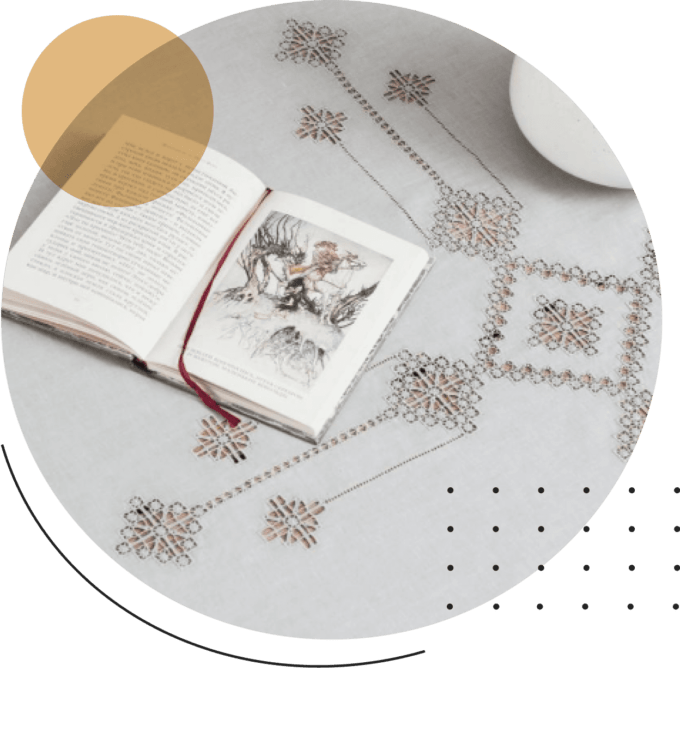
Find yourself in the Middle Ages
In the Middle Ages, Staraya Russa town could be called ‘the salt cellar of Russia’. That’s because salt making was the main trade here up to the 19th century. A few years ago, the old craft was brought back to life, and construction of salt works began. Later, an interactive museum was launched based on the results of archaeological findings.
This museum recreates a typical medieval manor of Staraya Russa of the 12th century with living rooms, a bathhouse, workshops, a livestock pen and traditional peasant household items. In this museum, you can also buy salt which is made in the same way as 1000 years ago.
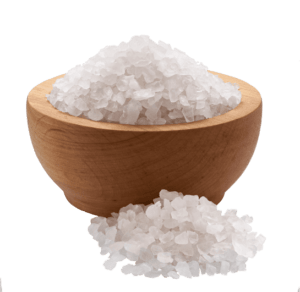
See the place where Suvorov started his Italian campaign
Alexander Suvorov’s manor in the Konchanskoe village, which has now become the museum of the great commander, was originally the place of his exile. Suvovor openly disagreed with the reform of Russian’s army based on the Prussian model, and Emperor Paul the First didn’t appreciate such behaviour. He first fired Suvorov and then sent him away to his family estate.
However, the exile lasted for only two years. The great commander started the military campaign straight from his house in the Konchanskoe. During this legendary expedition, he crossed the Alps and defeated the French army.
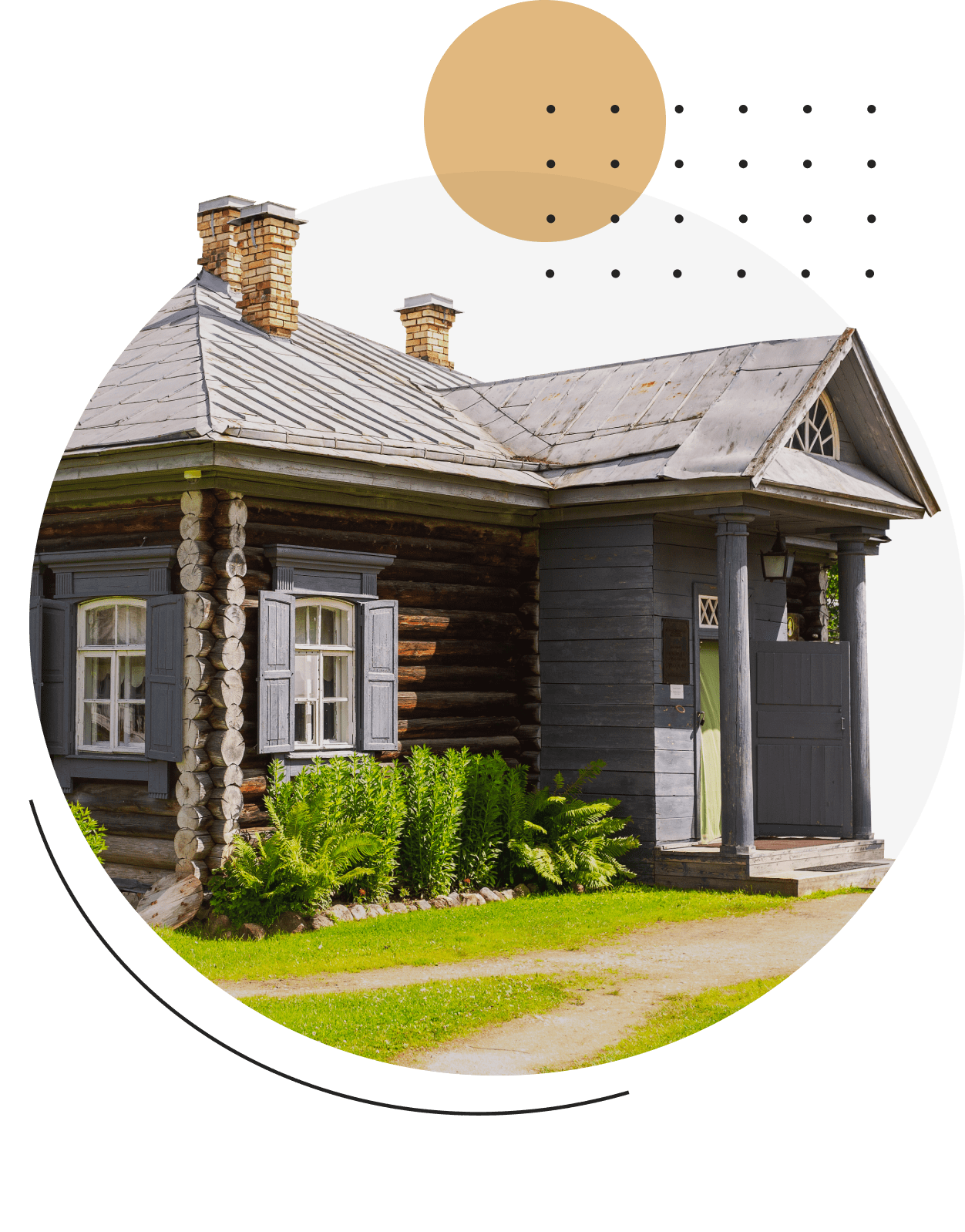
Become a real hiker
If you dream of having a hike in the Novgorod region, but at the same time you are afraid that a tourist’s life may be too hard, you should try the Big Valday trail. This is a five-day 59-kilometer walking route. Its central part goes right through the Valday National Park’s territory.
You won’t have to cope with difficulties and inconveniences of camping life here. The route is marked with signs, and there are camping sites where you can find everything you need for an overnight stay from shelters and places for a fire to toilets. The trail finishes at the Dunayevshchina village where you can take a bus back to Valday. To take the trail, you have to fill out a special form and register on the Ministry of Emergency Situations of the Russian Federation website.
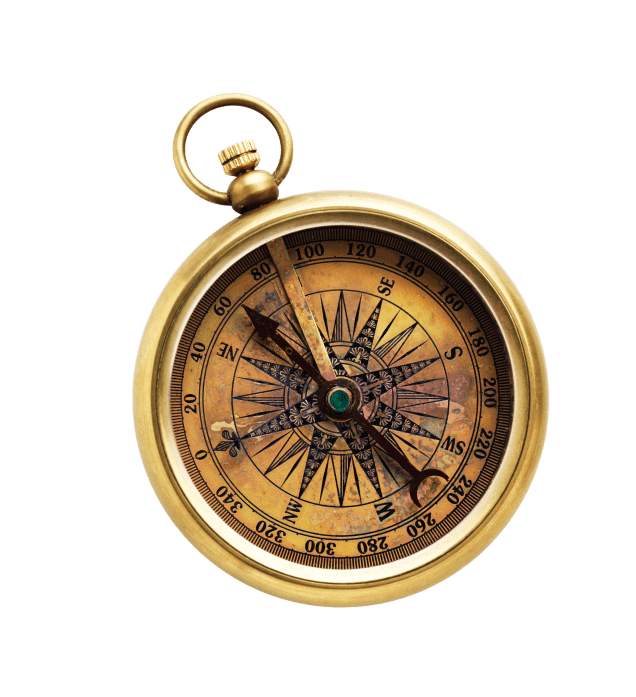
Russian Post has launched a limited series of products dedicated to the cultural heritage of the Novgorod region.
In autumn 2020, Russian Post announced an open contest to create the design for its limited series dedicated to Novgorod region. The project was supported by the Government of the Novgorod region, ‘Russ Novgorodskaya’ (Novgorod Russia) project, the State Novgorod Museum-reservation and Yandex.
Stamps and envelopes are traditionally used to spread information about historic dates and figures and famous landmarks. Now we can also use parcel boxes, packaging tape and postcards. The limited series products will travel around the world, introducing the most popular Russian attractions to six million Russian Post clients daily.
The participants were to create the design for the limited series featuring three iconic attractions of the Novgorod region, the Novgorod Kremlin, the Millennium Of Russia Monument and the Belelyubsky Bridge in Borovichi. Moscow designers and graduates of the Higher School of Economics’ Art and Design School Alena Akmatova and Svetlana Ilyushina won the contest. Their project was chosen via an open vote and by the expert jury.
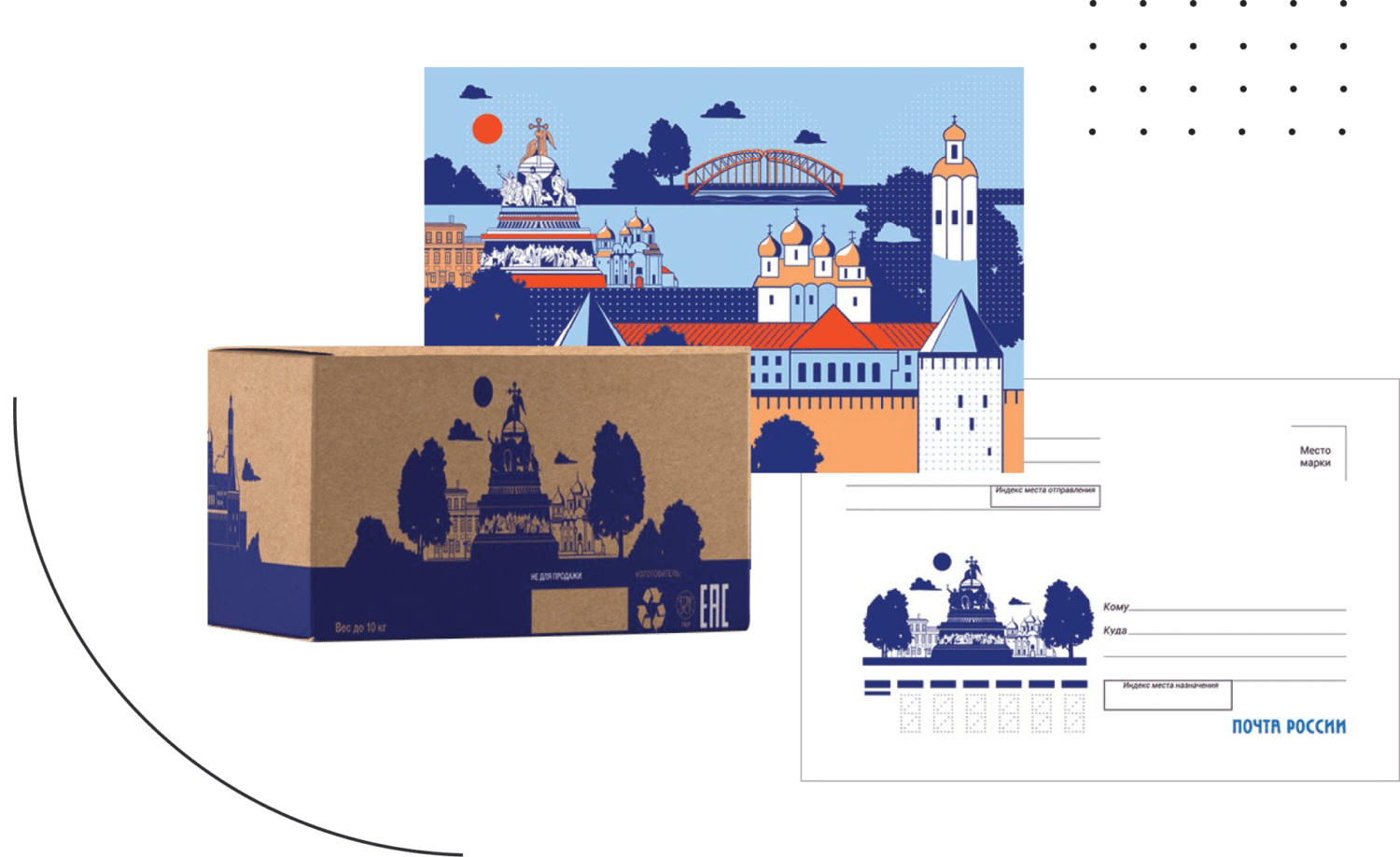
- Tourist Attractions
- Tourist Attractions in Russia
- Novgorod Oblast Tourist Attractions
Veliky Novgorod
The whole city of Veliky Novgorod is a big museum; there are many well-preserved monuments dating back to the 11th century and later centuries.

Veliky Novgorod attractions
Novgorod kremlin, trade side and yaroslav’s courtyard, st. george's monastery, vitoslavlitsy museum of wooden architecture.

Request a private tour, tailor-made for individuals and small groups to meet your needs and preferences.

Discover historical attractions of Veliky Novgorod
- Private trip from St. Petersburg
- Visit Novgorod Kremlin and the Cathedral of St. Sophia
- Explore Yaroslav’s Court with its medieval churches
- Pick-up and drop-off at your hotel
Group of 2: 16000 Rubles/person
- Ask a question

- Visit Our Blog about Russia to know more about Russian sights, history
- Check out our Russian cities and regions guides
- Follow us on Twitter and Facebook to better understand Russia
- Info about getting Russian visa , the main airports , how to rent an apartment
- Our Expert answers your questions about Russia, some tips about sending flowers

Russian regions
- Arkhangelsk oblast
- Kaliningrad oblast
- Karelia republic
- Komi republic
- Leningrad oblast
- Murmansk oblast
- Nenets okrug
- Novgorod oblast
- Pskov oblast
- Vologda oblast
- Map of Russia
- All cities and regions
- Blog about Russia
- News from Russia
- How to get a visa
- Flights to Russia
- Russian hotels
- Renting apartments
- Russian currency
- FIFA World Cup 2018
- Submit an article
- Flowers to Russia
- Ask our Expert
Veliky Novgorod city, Russia
The capital city of Novgorod oblast .
Veliky Novgorod - Overview
Veliky Novgorod or Novgorod the Great (just Novgorod until 1999) is a city in the north-west of Russia, the administrative center of Novgorod Oblast. It is one of the oldest and most famous cities in Russia with more than a thousand years of history.
The population of Veliky Novgorod is about 224,800 (2022), the area - 90 sq. km.
The phone code - +7 8162, the postal codes - 173000-173902.
Novgorod city flag
Novgorod city coat of arms.
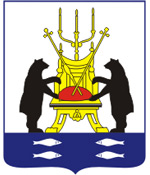
Novgorod city map, Russia
Novgorod city latest news and posts from our blog:.
7 January, 2022 / Nikolai Bugrov's Summer Dacha in Volodarsk .
27 September, 2020 / The Nikolo-Vyazhischi Convent near Veliky Novgorod .
30 August, 2020 / Staraya Russa - one of the oldest Russian towns .
31 March, 2019 / Vitoslavlitsy Museum of Folk Architecture .
28 January, 2019 / Veliky Novgorod Kremlin .
More posts..
History of Veliky Novgorod
Foundation of novgorod and the novgorod republic.
The official founding year of Novgorod is 859, when it was first mentioned in the chronicle. In 862, the so-called “vocation of the Varangians” led by Rurik took place on Novgorod land, which was the beginning of the formation of the Old Russian state. In 882, after the death of Rurik, Prince Oleg became the ruler of Novgorod. He captured Kiev and moved the capital of the state to it. It was the beginning of the Kievan Rus state.
Novgorod was the second town of the Kievan Rus by cultural, economic, and political influence. In 1045-1050, the Cathedral of St. Sophia was built - the main Orthodox church of Novgorod and one of the oldest preserved stone churches in Russia.
The convenient location of Novgorod at the intersection of trade routes “from the Varangians to the Greeks” made it the largest center of intra-Russian and international trade. Constant contacts of the town with the island of Gotland, German towns and the Hansa led to the opening of the first foreign missions on the territory of Novgorod.
The first attempts of Novgorod to gain independence from the Kievan Rus were taken in the 11th century. Novgorod boyars, with the support of the local population, wanted to get rid of the burden of Kiev taxation and to create their own army. In 1136, due to the retreat of Prince Vsevolod Mstislavovitch from the battlefield at Zhdanaya mountain, he was exiled from Novgorod, and a republican government was established in the region.
From 1136 to 1478, Novgorod was the capital of the Russian medieval state known as the Novgorod Republic. In the 12th century, the Novgorod land included part of the Baltic, part of Karelia, the southern part of Finland, the southern coast of Lake Ladoga, the banks of the Northern Dvina River, and vast areas of the European north up to the Urals.
More Historical Facts…
During the Mongol invasion of Rus, Novgorod avoided destruction due to its remote location. It was the only old Russian town that avoided decline in the 11th-12th centuries. In 1259, with the support of Prince Alexander Nevsky, the Mongols conducted a census in Novgorod to collect tribute. In 1280, in Novgorod, a document was drawn up known as “Russian Truth” - the very first set of laws in Russia. Until the 15th century, Novgorod’s possessions expanded to the east and northeast.
Areas northeast of Novgorod were rich in fur-bearing animals and salt. These resources were of great importance for the economy of the Novgorod Republic, which was based on trade. The town was part of the trade route from Scandinavia to Byzantium. The Russian folk hero Sadko was a merchant from Novgorod.
The Novgorod Republic was characterized by some features of the social system and feudal relations: a significant social and landowning weight of the Novgorod boyars and their active participation in trade and other activities. The main economic factor was not land, but capital. This led to a special social structure of society and an unusual form of government for medieval Rus.
The veche - a gathering of a part of the male population of the town - had broad powers. It invited, judged and expelled Novgorod princes; elected the mayor and the military leader; resolved issues of war and peace; passed and repealed laws; set the size of taxes and duties; elected representatives of the authorities in the Novgorod lands and tried them.
From the 14th century, the Tver and Moscow principalities, and the Grand Duchy of Lithuania attempted to subdue the Novgorod Republic. In 1470, Novgorod people asked the Metropolitan of Kiev to appoint a bishop for them (Kiev belonged to the Grand Duchy of Lithuania at that time). After it, Ivan III, the Grand Prince of Moscow, accused them of treason. In 1471, he announced a military campaign against Novgorod. Moscow troops defeated Novgorod militia during the battle on the Shelon River and took the town.
In 1478, after a series of wars against Moscow, Novgorod lost its independence and the Novgorod Republic ceased to exist. The veche was abolished, the veche bell was taken to Moscow; power in the town was granted to the governors appointed by the Grand Prince of Moscow. A lot of boyar families were expelled from Novgorod.
Novgorod in the 16th-19th centuries
The oprichnina pogrom perpetrated in the winter of 1569/1570 by the army personally headed by Ivan the Terrible inflicted enormous damage on Novgorod. The reason for the pogrom was a denunciation and suspicion of treason. The town was plundered, the property of churches, monasteries and merchants was confiscated, thousands of residents were killed. In 1571, the population of Novgorod was about 5,000 people.
From 1611 to 1617, during the Time of Troubles, Novgorod was occupied by the Swedes. After the occupation, half of the town was burnt down. The population decreased to only about 500 residents. Nikon (the most famous Russian Patriarch) was the metropolitan of Novgorod in 1648-1652.
In 1700, the Great Northern War began. After the defeat at Narva, Peter I hastily prepared the fortifications of Novgorod for a possible siege of the Swedes. Swedish troops did not reach Novgorod; nevertheless, the Novgorod regiment played an important role in the Battle of Poltava in 1709.
In 1703, in connection with the founding of St. Petersburg, the new capital of Russia, a lot of craftsmen from Novgorod were involved in its construction. At the same time, Novgorod finally lost its former importance as a trade center and turned into an ordinary provincial town. In 1727, a separate Novgorod Governorate was formed with its center in Novgorod.
In the first half of the 19th century, Novgorod became the center of military settlements. At the same time, there was almost no industrial production in the town. In 1841-1842, the writer Alexander Herzen was in exile in Novgorod.
One of the brightest pages in the history of Veliky Novgorod in the 19th century was the celebration of the 1000th anniversary of the Russian state in 1862. In honor of this event, a monument to the Millennium of Russia was erected in the center of the Novgorod Kremlin. In 1875, 17,384 people lived in Novgorod, along with military units. 12 small enterprises employed only 63 workers.
Novgorod in the 20th century
Despite the increased interest in its history, Novgorod both at the end of the 19th century and at the beginning of the 20th century remained a typical provincial town of the Russian Empire, despite its status as a regional capital. In 1914, the population of Novgorod was about 28,200 people.
In 1927, as a result of the administrative-territorial reform carried out in the USSR, the Novgorod Governorate became part of Leningrad Oblast. The Leningrad leadership viewed the Novgorod land as a rural region. No industrialization was planned.
From August 15, 1941 to January 20, 1944, during the Second World War, Novgorod was occupied by German and Spanish troops (“The Blue Division”). The war caused huge and in many ways irreparable damage to the monuments of the city itself and its environs. All wooden buildings burned down. The most valuable collections of archeology, history and art were plundered from the Novgorod museum, which was not completely evacuated in time. Almost the entire city infrastructure and industrial enterprises were destroyed, world famous monuments of Novgorod architecture were turned into ruins.
On July 5, 1944, Novgorod Oblast was formed. The transformation of Novgorod into the administrative and economic center of a separate region had a beneficial effect on the acceleration of its restoration. On November 1, 1945, Novgorod was included in the list of 15 Soviet cities subject to priority restoration. In addition, a special decree was issued on the restoration of architectural monuments. One of the first to be restored was the Millennium of Russia monument.
In the post-war years, the presence of large undeveloped areas and wastelands after the dismantling of the rubble of destroyed buildings in the city center made it possible to begin extensive archaeological research. The results of these studies were numerous finds of objects of old Russian art and everyday life. One of the most important finds was the discovery of the first birch bark letter on July 26, 1951. Archaeological research continues to this day.
In the 1950s-1970s, the main restoration work of architectural monuments was carried out. Novgorod became known as the center of all-Union and international tourism. In 1964, not far from the old Yuryev Monastery on the shore of Lake Myachino, the creation of the Vitoslavlitsy Museum of Folk Wooden Architecture began. In 1967, the population of the city was about 107,000 people.
In 1992, 37 unique monuments of old Russian culture in Novgorod were included in the UNESCO World Cultural Heritage List. The population of the city reached its maximum and amounted to 235 thousand people.
On June 11, 1999, the President of the Russian Federation Boris Yeltsin signed the federal law “On renaming the city of Novgorod, the administrative center of Novgorod Oblast, into the city of Veliky Novgorod.” Also in the 1990s, a lot of streets in the city center received their historical names back.
Monuments of Veliky Novgorod
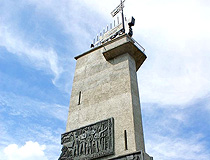
Victory Monument in Veliky Novgorod
Author: Sergey Duhanin
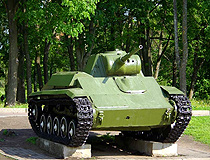
Light tank T-70 in Veliky Novgorod
Author: Konstantin Matekhin
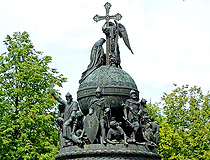
Monument to the Millennium of Russia in Veliky Novgorod
Veliky Novgorod - Features
Veliky Novgorod is deservedly called “the father of Russian cities”. In this place the Russian statehood was born. The city stands on the banks of the Volkhov River, 6 km from Lake Ilmen, 575 km north-west of Moscow and 190 km south-east of St. Petersburg. Due to similar names, Veliky Novgorod is often confused with Nizhny Novgorod. And this applies not only to foreigners, but also to residents of Russia.
The Volkhov River divides the city into two parts: Sofia and Torgovaya (Trade) sides. The Sofia side got its name from the Sofia Cathedral, which is about one thousand years old. The main part of the city is located here, including the Novgorod Kremlin and the historic center, as well as new districts.
In the old days, there was a large market on the Trade side - Torg. Today, it is built up mainly with private houses. The Yaroslav’s Courtyard is also located here. It is a historical and architectural complex on the site where the residence of Yaroslav the Wise (Prince of Novgorod in 988-1015) used to be.
The climate of Veliky Novgorod is moderately continental, with cold snowy winters and moderately warm summers. The average temperature in January is minus 9.2 degrees Celsius, in July - plus 17.3 degrees Celsius.
Novgorod Oblast has a unique transport and geographical position. The main highway, rail, air, and water transport routes connecting St. Petersburg and Moscow pass through its territory. Public transport in the city is represented by buses, trolleybuses.
The region’s largest employer is the chemical fertilizer plant “Acron”, which produces ammonia, saltpeter, nitric acid, and other substances. This enterprise is one of the world’s largest fertilizer producers. The plant in Veliky Novgorod employs about 5 thousand people.
Tourism is gradually becoming more and more important in the city’s economy. Veliky Novgorod is rightly called the city-museum of Old Rus. No other city in Russia has so many remarkable architectural monuments and monumental paintings of the 11th-17th centuries. The architecture of Veliky Novgorod is unique because a lot of old churches have survived here. A significant part of them were erected in the period from the 11th to the 16th centuries. In some churches, old wall paintings have been preserved, which are of great cultural value.
The main discovery made on the territory of Veliky Novgorod is more than 1,000 preserved birch bark letters of various contents written in the 11th-15th centuries. These include business letters, love letters, recipe notes, Bible commentaries, commercial calculations, and even student scribbles.
Main Attractions of Veliky Novgorod
Novgorod Detinets (Kremlin) - the fortress of Veliky Novgorod located on the left bank of the Volkhov River, the oldest preserved kremlin in Russia and the most northern one. The first mention of it in chronicles dates back to 1044. It is an architectural monument of federal significance. Novgorod Detinets as part of the historic center of Veliky Novgorod is included in the UNESCO World Heritage List.
The construction of the stone fortress was completed by the end of the 15th century. About 1.5 kilometers of fortress walls, nine towers, and old churches have survived to this day. A road going through the Novgorod Kremlin leads to the bridge connecting the Sofia and Torgovaya sides of the city. The 41-meter watchtower known as “Kokuy” offers a great view of the entire city and its surroundings.
Today, it is the cultural and tourist center of Veliky Novgorod. Here you can find the main expositions of the Novgorod Museum-Reserve (the exposition of the Old Russian arts and crafts and jewelry in the Chamber of Facets; “History of the Novgorod Region”, “Old Russian icon painting”, “Russian art of the 18th-20th centuries”), restoration workshops, a library, philharmonic society, college of arts, and a music school. The Novgorod Kremlin is surrounded by a spacious park. A walk from the railway station to the Novgorod Kremlin takes about 20 minutes.
Saint Sophia Cathedral (1045-1050) - the main Orthodox church in Veliky Novgorod located on the territory of the Novgorod Kremlin, one of the oldest churches in Russia. Churches of this type were built in Rus only in the 11th century. Sophia Cathedral was built in the Byzantine style, has a pyramidal structure and 6 domes. This is one of the symbols of Veliky Novgorod.
The belfry of St. Sophia Cathedral rises above the Novgorod Kremlin in the form of a wall with five spans in the upper part. This type of structure was invented during the reign of the Novgorod Archbishop Euthymius II and then repeated in Russia only twice.
Monument to the Millennium of Russia (1862) - a magnificent monument more than 15 meters high erected opposite the St. Sophia Cathedral in honor of the millennium anniversary of the legendary vocation of the Varangians to Rus. The monument consists of 128 figures. At the very top you can see an angel - the personification of Orthodoxy and a woman depicting Rus, below - princes, church hierarchs and enlighteners, who took part in important historical events that happened over the thousand-year history of Russia.
Yaroslav’s Courtyard and Torg - an architectural complex located opposite the Novgorod Kremlin, on the other bank of the Volkhov River. Both banks are connected by a pedestrian bridge. Several monuments of the 12th-16th centuries have survived on its territory, including the Nikolsky Cathedral (1113) and the Church of Paraskeva Pyatnitsa (the 13th century). The place was named after Prince Yaroslav the Wise. In old times, fairs were held here. The most recent construction is the arcade of the Gostiny Dvor, which consists of several dozen white-stone arches.
St. George’s (Yuriev) Monastery . Founded in 1030, it is one of the oldest monasteries in Russia, a cultural heritage site of federal significance. The monastery is located on the southern outskirts of Veliky Novgorod on the bank of the Volkhov River. On the territory of the monastery there are St. George, Spassky, and Holy Cross Cathedrals, a four-tiered bell tower 52 m high, and several old churches. Crowned with three silvery domes, St. George’s Cathedral is a wonderful example of Old Russian architecture. The Vitoslavlitsy Museum is located nearby. Yur’yevskoye Highway, 10.
Museum of Folk Wooden Architecture “Vitoslavlitsy” . This open-air exhibition was opened in 1964. 22 wooden architectural monuments of the 16th-20th centuries - churches, residential buildings, and outbuildings - were brought here from different districts of the Novgorod region.
Inside the peasant huts, you can see recreated old interiors: “Winter Life”, “Wedding”, “Wool Felting Craft”, and others. Folk festivals are also held on the territory of the museum. On the second floor of the souvenir shop there is the Museum of Irons with a unique collection of irons of the 18th-20th centuries. Yur’yevskoye Highway, 14.
Center for Musical Antiquities named after V.I. Povetkin . The unique collection of this museum acquaints visitors with the old musical instruments of Rus. Here you can also hear old Russian music. Most of the exhibits date back to the 10th-15th centuries. For the guests of the center, folk songs of the Russian North-West and North are performed. Choir concerts are held on holidays. Il’ina Street, 9b.
Art Museum . The permanent exhibition of this museum is dedicated to Russian art of the 17th-20th centuries. It was opened in the historic building of the Noble Assembly in 2001. The rich collection of the museum includes paintings, drawings, sculptures, miniatures, etc.
Among the most valuable exhibits are paintings created by such masters as K. Bryullov, I. Repin, A. Aivazovsky and sculptures, including M. Antokolsky and M. Vrubel. The museum’s collection of Russian art objects is considered one of the best outside Moscow and St. Petersburg. Sofiyskaya Square, 2.
Museum of Artistic Culture of the Novgorod Land . This museum was opened in one of the buildings of the Desyatinnyy monastery in 2002. The exposition is composed of works by Novgorod artists of the late 20th - early 21st centuries. In addition to paintings, visitors can look at porcelain and glass products made by local craftsmen. Desyatinnyy Lane, 6.
Novgorod city of Russia photos
Pictures of veliky novgorod.
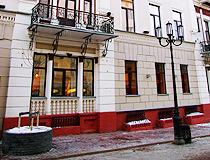
Veliky Novgorod architecture
Author: Elena Abramova
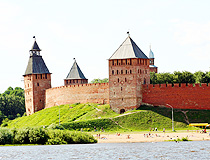
Veliky Novgorod Detinets (Kremlin)
Author: Ismail Soytekinoglu
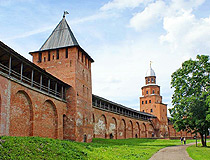
Veliky Novgorod Fortress
Picturesque churches of Veliky Novgorod
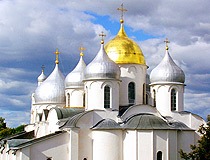
St. Sophia Cathedral in Veliky Novgorod
Author: Zaritsky Igor
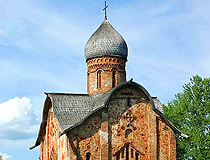
Peter and Paul Church in Veliky Novgorod
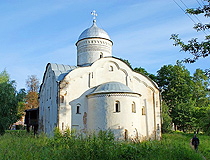
Church of Clement, Pope of Rome in Veliky Novgorod
Old churches of Veliky Novgorod
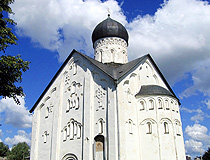
Church of the Transfiguration on Ilyin in Veliky Novgorod
Author: Sergey Popov
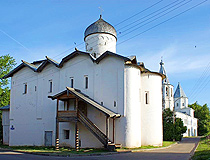
Myrrhbearers Church in Veliky Novgorod
The questions of our visitors
There are several ways of going from the airport of St. Petersburg to Veliky Novgorod.
The fastest one and of course the most expensive is to go by taxi from the airport straight to the destination city. The price is about 4,500-5,000 Rubles (about 70-80 USD).
Another way is to go by train. From the airport you should go to Vitebsky railway station, departure: 7:53, arrival: 13:06 local time. Also you can go to Moskovsky railway station. There are two trains: the first one departs at 8:12 and the second one - at 17:18). Not sure about the price of the tickets but much cheaper than going by taxi.
The third variant is to go by bus. You should go to the bus station at Obvodnoy Canal Embankment. The first bus departs at 7:30; the latest - at 21:30.
- Currently 3.11/5
Rating: 3.1 /5 (190 votes cast)
Sponsored Links:

Top 50 things to do and attractions in Veliky Novgorod
Navigate forward to interact with the calendar and select a date. Press the question mark key to get the keyboard shortcuts for changing dates.
Navigate backward to interact with the calendar and select a date. Press the question mark key to get the keyboard shortcuts for changing dates.

Attractions

1 Vitoslavlitsy Museum
2 Yaroslav’s Court

3 Saint Sophia Cathedral in Novgorod
4 monument millennium of russia, 5 saint nicholas cathedral, novgorod, 6 novgorod state museum-reserve, 7 the st. george's (yuriev) monastery, 8 episcopal (faceted) chamber, 9 monastery of the tithes, 10 yuryevskoye podvorye boutique hotel, 11 znamensky cathedral, 12 rurikovo gorodische, 13 savior church on nereditsa hill, 14 hanseatic fountain, 15 church of st. stratelates, 16 church of saint prince boris and gleb, 17 chasozvonya, 18 kremlin park, 20 kuchenland home, 21 oranta, torgovaya kompaniya, 22 kreml', 23 tserkov' spasa preobrazheniya na il'ine ulitse, 24 sofiyskaya zvonnitsa, 25 monument tourist, 26 sergey rachmaninoff monument, 27 victory monument, 28 art museum, 29 kokuy tower, 30 sts. peter and paul church, novgorod, 31 monument to the heroes of the soviet union, 32 tserkov' fedora stratilata na ruch'yu, 33 cathedral of the nativity of the virgin monastery of st. anthony, 34 tserkov' simeona bogopriimtsa v pokrovskom zverinom monastyre, 35 vorotnaya bashnya gostinogo dvora, 36 fyodor dostoevsky theater of dramatic art, 37 gosudarstvennyy muzey khudozhestvennoy kul'tury novgorodskoy zemli, 38 church of the assumption of the blessed virgin at the marketplace, 39 monument to alexander nevsky, 40 city of military glory, 41 white tower, 42 pokrovskiy sobor, 43 holy trinity church, 44 dkm "gorod", 45 children's museum center, 46 kordegardiya, 47 procopius church, 48 tserkov' blagoveshcheniya v arkazhakh, 49 monument militia in the war of 1812, 50 eternal flame of glory, popular road trips from veliky novgorod, what's the weather like in veliky novgorod.
It depends on when you visit! We've compiled data from NASA on what the weather is like in Veliky Novgorod for each month of the year: see the links below for more information.
- Weather in Veliky Novgorod in January
- Weather in Veliky Novgorod in February
- Weather in Veliky Novgorod in March
- Weather in Veliky Novgorod in April
- Weather in Veliky Novgorod in May
- Weather in Veliky Novgorod in June
- Weather in Veliky Novgorod in July
- Weather in Veliky Novgorod in August
- Weather in Veliky Novgorod in September
- Weather in Veliky Novgorod in October
- Weather in Veliky Novgorod in November
- Weather in Veliky Novgorod in December
All road trips from Veliky Novgorod
- Veliky Novgorod to St. Petersburg drive
- Veliky Novgorod to London drive
- Veliky Novgorod to Paris drive
- Veliky Novgorod to Moscow drive
- Veliky Novgorod to Berlin drive
- Veliky Novgorod to Prague drive
- Veliky Novgorod to Amsterdam drive
- Veliky Novgorod to Vienna drive
- Veliky Novgorod to Budapest drive
- Veliky Novgorod to Stockholm drive
- Veliky Novgorod to Helsinki drive
- Veliky Novgorod to Florence drive
- Veliky Novgorod to Tallinn drive
- Veliky Novgorod to Venice drive
- Veliky Novgorod to Milan drive
- Veliky Novgorod to Riga drive
- Veliky Novgorod to Krakow drive
- Veliky Novgorod to Copenhagen drive
- Veliky Novgorod to Warsaw drive
- Veliky Novgorod to Munich drive
- Veliky Novgorod to Brussels drive
- Veliky Novgorod to Vilnius drive
- Veliky Novgorod to Oslo drive
- Veliky Novgorod to Vatican City drive
- Veliky Novgorod to Hamburg drive
- Veliky Novgorod to Turin drive
- Veliky Novgorod to Bruges drive
- Veliky Novgorod to Dubrovnik drive
- Veliky Novgorod to Salzburg drive
- Veliky Novgorod to Gdansk drive
Explore nearby places
- Veliky Novgorod
- Staroye Rakomo
- Vyazhishchi
- Myasnoy Bor
- Tesovo-Netylskiy
- Staraya Russa
- Radofinnikovo
All related maps of Veliky Novgorod
- Map of Veliky Novgorod
- Map of Kovalyovo
- Map of Staroye Rakomo
- Map of Khutyn
- Map of Vyazhishchi
- Map of Sergovo
- Map of Lesnaya
- Map of Myasnoy Bor
- Map of Korostyn
- Map of Pustosh
- Map of Retle
- Map of Borisovo
- Map of Uzhin
- Map of Shimsk
- Map of Tesovo-Netylskiy
- Map of Nagovo
- Map of Yuryevo
- Map of Leokhnovo
- Map of Staraya Russa
- Map of Borshhovo
- Map of Chudovo
- Map of Soltsy
- Map of Kaskovo
- Map of Radofinnikovo
- Map of Kresttsy
- Map of Turovo
- Map of Luga
- Map of Tolmachevo
- Map of Fedos’ino
- Map of Lyuban
- Map of Yashchera
Veliky Novgorod throughout the year
- Veliky Novgorod in January
- Veliky Novgorod in February
- Veliky Novgorod in March
- Veliky Novgorod in April
- Veliky Novgorod in May
- Veliky Novgorod in June
- Veliky Novgorod in July
- Veliky Novgorod in August
- Veliky Novgorod in September
- Veliky Novgorod in October
- Veliky Novgorod in November
- Veliky Novgorod in December
Looking for day-by-day itineraries in Veliky Novgorod?
Get inspired for your trip to Veliky Novgorod with our curated itineraries that are jam-packed with popular attractions everyday! Check them out here:
- 1-Day Veliky Novgorod Itinerary
- 2-Day Veliky Novgorod Itinerary
- 3-Day Veliky Novgorod Itinerary
- 4-Day Veliky Novgorod Itinerary
- 5-Day Veliky Novgorod Itinerary
Best attractions in nearby cities
- Top things to do and attractions in St. Petersburg
- Top things to do and attractions in Riga
- Top things to do and attractions in Helsinki
- Top things to do and attractions in Tallinn
- Top things to do and attractions in Vilnius
- Top things to do and attractions in Tartu
- Top things to do and attractions in Tver
- Top things to do and attractions in Pushkin
- Top things to do and attractions in Pskov
- Top things to do and attractions in Vyborg
- Top things to do and attractions in Kronshtadt
- Top things to do and attractions in Kotka
- Top things to do and attractions in Torzhok
- Top things to do and attractions in Narva
- Top things to do and attractions in Vitebsk
- Top things to do and attractions in Porvoo
- Top things to do and attractions in Gatchina
- Top things to do and attractions in Lomonosov
- Top things to do and attractions in Imatra
- Top things to do and attractions in Pavlovsk
Veliky Novgorod Region: Why you need to see the jewel in Russia’s ‘Silver Necklace’
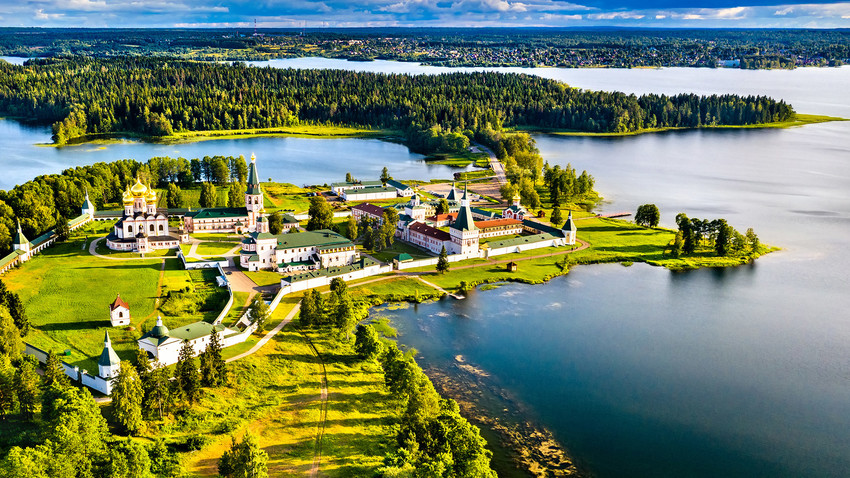
Valday Iversky Monastery
For those of you making the trip to Veliky Novgorod Region, here is a list of unmissable activities and places of interest to really get you acquainted with the area and its history.
1. Learn the history of the Russian state in Veliky Novgorod
Of course, this city is unmissable; being the historical center of Russian statehood with the most ancient cathedral in the country, Sophia Cathedral, erected more than one thousand years ago, is a place of power for the whole of Russia. The city was the first-ever Russian settlement straddling both sides of a river (Volkhov), with the imposing Kremlin on one side, and medieval churches and buildings in the historic market district on the other.
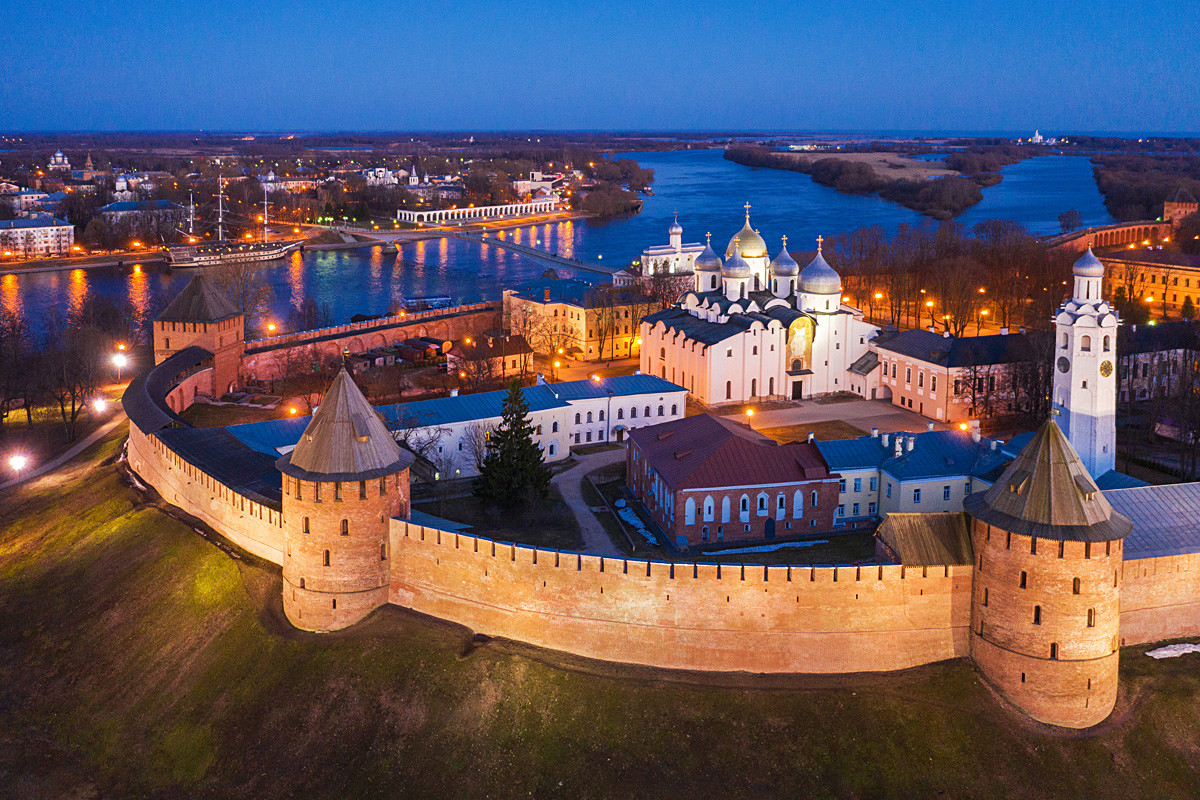
Veliky Novgorod Kremlin
You can spice up the historical tour with various custom ones available, including the ancient cemetery at night or an alco-tour of the city (where you get to try local food and drink). For more information on the city excursions, you can go here .

2. Explore traditional folk craft at the workshop in Kresttsy settlement
Krestetsky stitching is a traditional Russian pattern - a folk craft that was born and developed in this area since the 1860-s. In Soviet times a small factory producing original unique linen products was built here. During Perestroika it was nearly closed due to the catastrophic economic crisis in the country. The risk for the Krestetsky stitch being completely forgotten was quite real. It is now a private factory and shop with guided tours.
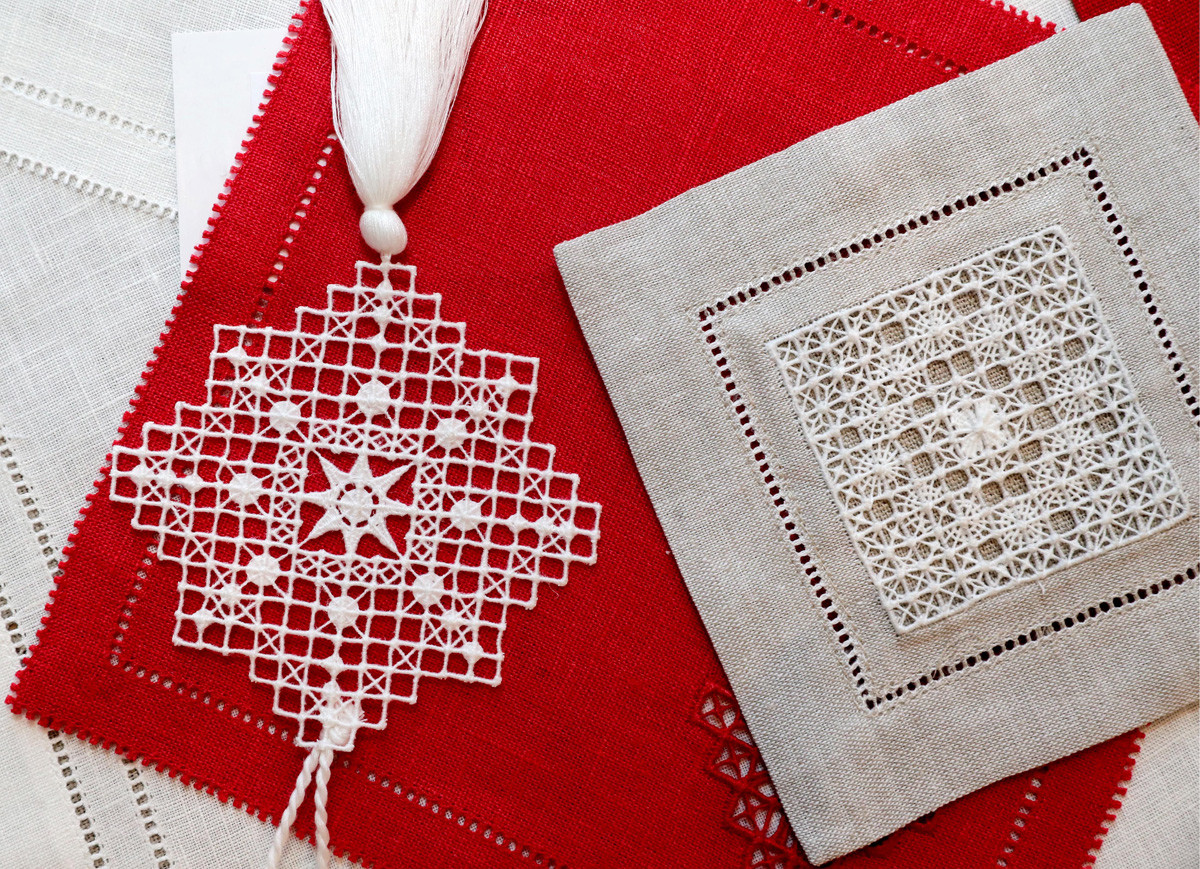
NOVGOROD REGION, RUSSIA - JANUARY 24, 2019: Linen products of the Kresttsy Stitch clothing factory reviving and implementing the Kresttsy stitchery, a traditional local embroidery technique dating from the 1860s, in the village of Kresttsy, Novgorod Region
The pattern is very beautiful and difficult to master, so the possibility to observe the birth of a masterpiece is quite unique. Head over to the factory website for more details.
3. Meet the old believers in the village of Lyakova
Russia’s so-called ‘old believers’ did not accept the reformation of Orthodox Christianity in Russia in the 17th century, choosing instead to keep the old traditions in church services and rites, in defiance of the state’s persecution, lasting centuries. Old believers are divided into two groups, those who accept the church hierarchy and those who do not accept priests at all, pray in their own houses, and are governed by the community leaders. At this time there are about one million old believers scattered around the country with no official statistics to confirm that figure.

The old believers of Lyakova village will gladly welcome you in the old traditional peasant’s house, explaining how it was organized, and how life, in general, looked in the distant peasant past. This immersion is accompanied by a traditional dinner with borsch, salo (pork scratchings) and tea brewed in a traditional samovar. Book your ticket here .
4. Take the eco-trail at the Valdai national park
This national park is one of the largest specially protected natural areas in the European part of Russia. Russian president Vladimir Putin has one of his ‘datchas’ here. The territory of the park that covers an area of 159 thousand hectares includes several lakes (Borovno, Valdai, Velje, Seliger) as well as rare animals and plants.
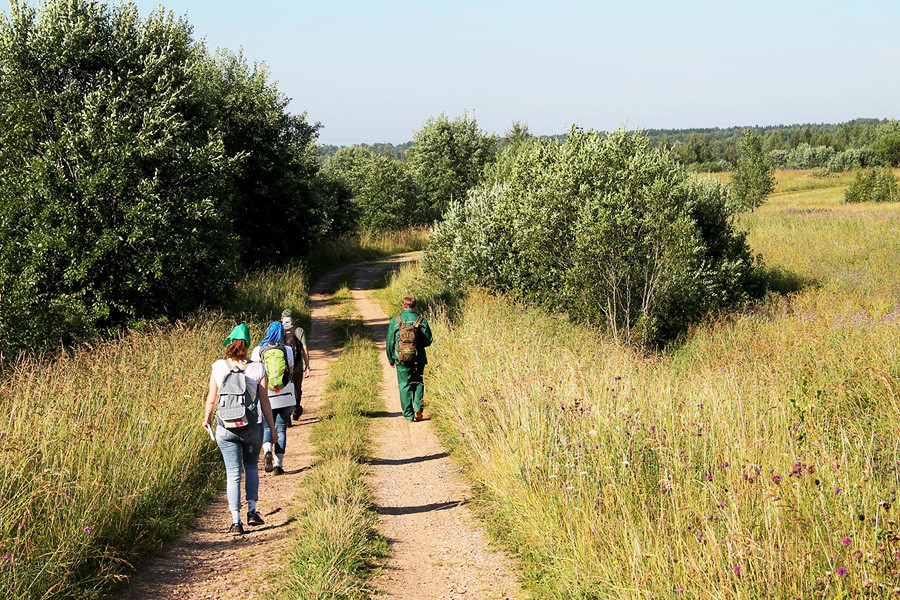
Many nature lovers come here to hike, swim in the lakes and camp. This year the big eco-trail was opened. If you enjoy hiking, you can walk all 59 kilometers in five days, starting from the town of Valdai and covering around 12 kilometers a day. On the way, you will have all the facilities needed for camping and spending time in nature, from toilets to camping equipment and various amenities. Visit the park’s website for more info.
5. Visit the Valday Iversky Monastery
Located on an island 10 kilometers from the town of Valday, this monastery appears to be floating on the lake, when you look at it from a distance.
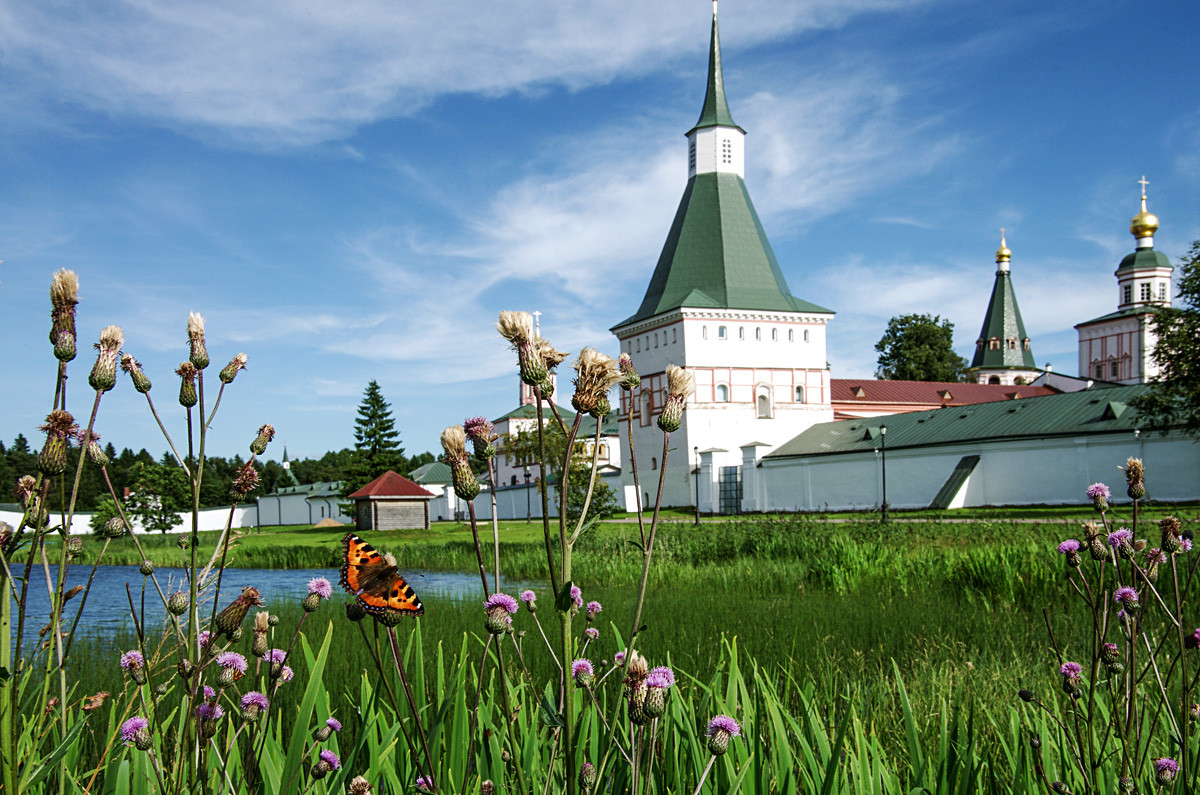
This is a male Orthodox monastery established in 1653. It was one of the three monasteries founded by the Patriarch Nikon (his reformation of the Orthodox Church in Russia and its unification with the Greek Orthodox church caused the split between ‘old’ and ‘new’ believers). The icon of the Mother of God – Iverskaya – is the treasure of the monastery and the reason for the active pilgrimage to this place.
6. Ring the bells at the Valday Museum of Bells
The region of Novgorod was the center of Russian statehood under the rule of the Rurikovich dynasty. After the collapse of Kievan Rus’, the region was an autonomous Russian state with a republican form of government, the symbol of which was a big Bell that every citizen could ring in order to gather the townspeople for a vote or resolve a community issue. So it is not by accident that the first-ever Museum of Bells in Russia was opened here.
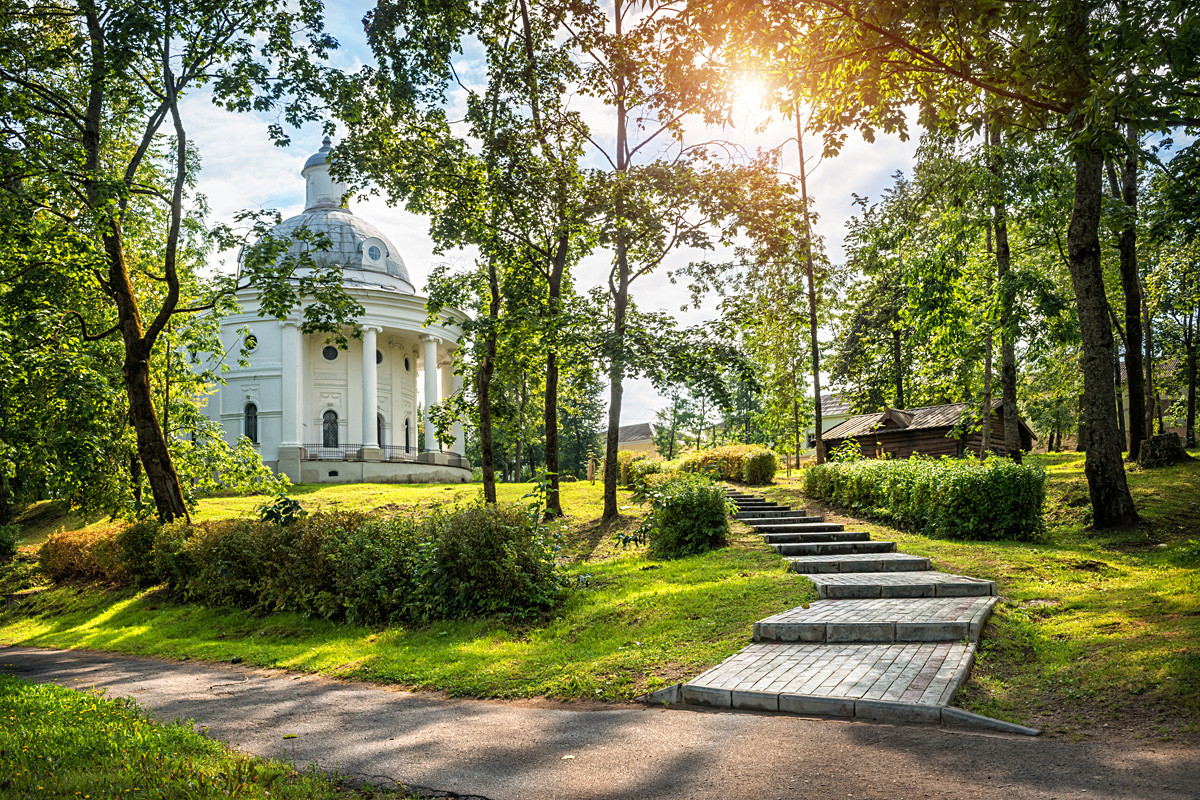
Valday Museum of Bells
If you manage to get Nadezhda Yakovleva for a guide, you are guaranteed a one-person performance along with your historical facts, it’s fascinating and great fun as well.
7. Immerse yourself in 10th-century life at the settlement in Lyubytino village
This village of ancient Slavs has been restored in order to give tourists the impression of life centuries ago. Different types of Russian wooden cottages (izba) are represented here, as well as utility buildings and the ancient burial mounds, used by Slavs for burial rites.
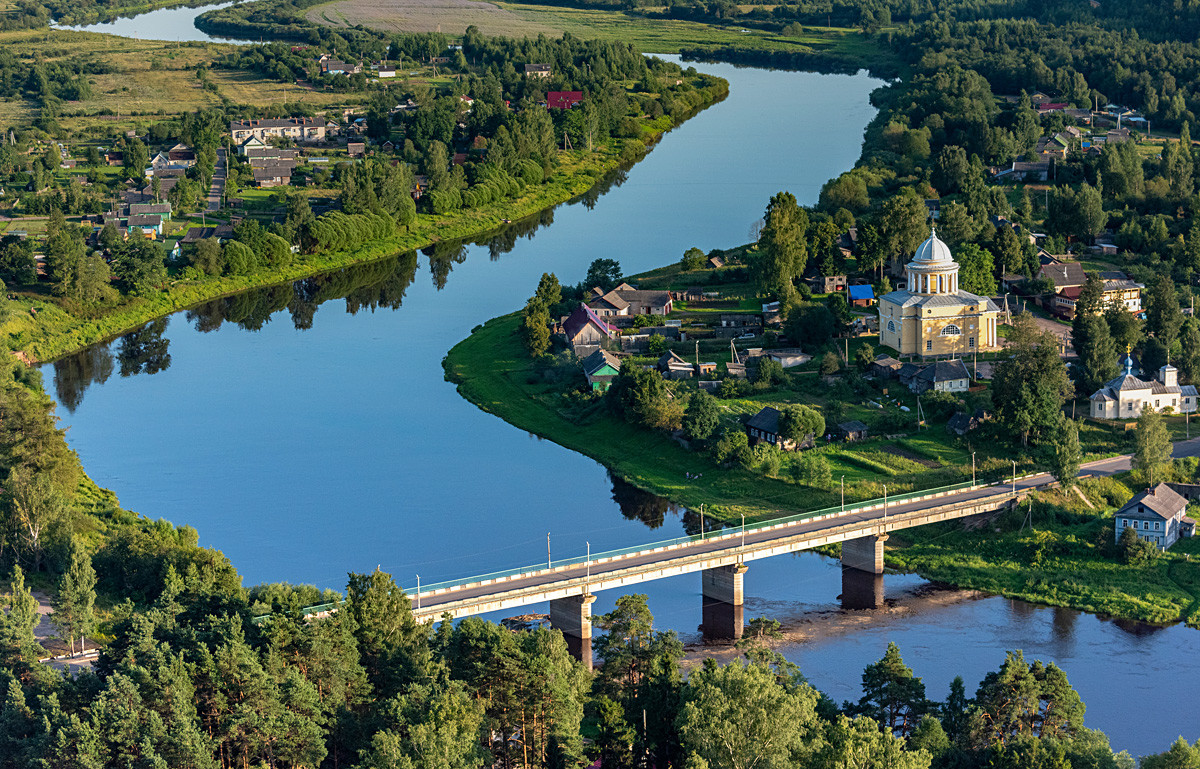
Lyubytino is an urban locality (a work settlement) and the administrative center of Lyubytinsky District of Novgorod Oblast, Russia, located on the Msta River. Municipally, it serves as the administrative center of Lyubytinskoye Urban Settlement
For those seeking total immersion, there is the possibility of getting dressed in the traditional clothing of the time and have a photo session.
8. Visit the museum of local lore in the town of Borovichi
This is one of the oldest museums in the region, established in 1918, and located in a 19th century stone house with a mezzanine. It is devoted to the history of the region from the Stone Age to the Revolution of 1917.
By the end of the 19th century, Borovichi became an industrial city that attained fame in Europe due to the first international agricultural handicraft and industrial exhibition held here, which was established under the auspices of the Prince of Oldenburg, who underlined the importance of this region between the two Russian capitals. France then presented half of the items at the exhibition.
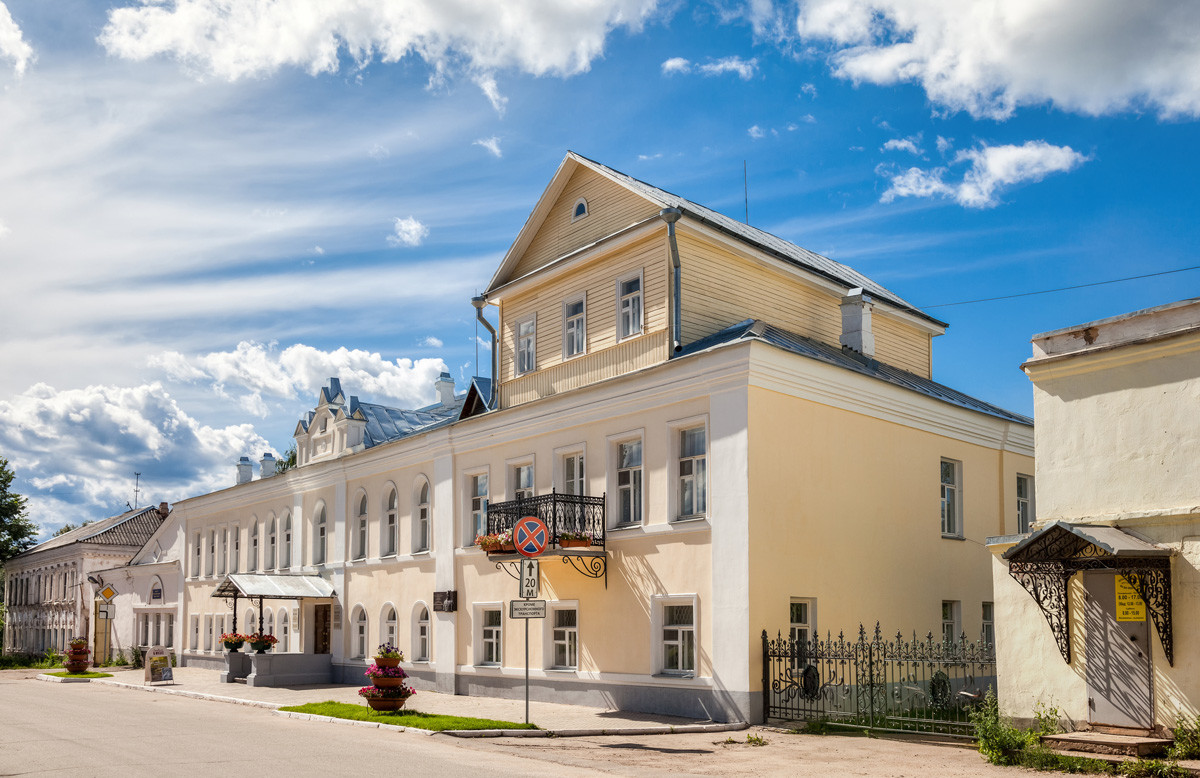
The region is also known for a unique material produced here: Franco-Russian pyro-granite plants of Prince Golitsyn were located in Borovichi, and the recipe for producing it remains secret to this day. This material got a large silver medal at the World Exhibition in Paris in 1889.
We highly recommend that you take a guide here, as there are many activities including role play and various fun games, as well as just beautiful stories told during it. Find out more here .
If you need some guidance in the area, feel free to address the Rus Novgorodskaya touristic center.
If using any of Russia Beyond's content, partly or in full, always provide an active hyperlink to the original material.
to our newsletter!
Get the week's best stories straight to your inbox
- 5 must-see places in Uglich, the newborn pearl of Russia’s Golden Ring
- 24 or 48 hours in Rostov-on-Don: Where to go and what to do in 2018
- 5 World Cup day trips from Rostov-on-Don
- Can’t find your gate? 4 new design features to quickly navigate Moscow’s main airport Sheremetyevo
This website uses cookies. Click here to find out more.
Honolulu Fire Department Museum holds free tours, CPR training
HONOLULU (HawaiiNewsNow) - The Honolulu Fire Department Museum and Education Center held free tours on Saturday.
Firefighters guide the tours every third Saturday of the month from 9 a.m. to 1 p.m.
There’s CPR training available outside of the Museum all-day.
“One of the segments that we do here at the museum is talking about how we were founded by King Kamehameha, so we are the only fire department that has been founded by a monarchy, and we carry on those traditions, those Hawaiian values and part of the culture as we provide our service to the public,” Malcolm Medrano Fire Captain of the Honolulu Fire Department said.
You can sign up online for the museum tours.
Just go to fire.honolulu.gov and click on requests.
Copyright 2024 Hawaii News Now. All rights reserved.

Husband of missing mother-to-be arrested in connection with disappearance

Loved ones seek justice for woman tragically murdered in Washington State

First Alert Weather Days issued as potential tropical cyclone may develop near Central Pacific

Alaska-Hawaiian Airlines merger moves forward as key deadline passes

Lahaina’s banyan tree: A symbol of resilience or a reminder of colonialism?

Police launch arson investigation into early-morning blaze at Mililani High School

First Alert Forecast: Tracking a possible tropical cyclone developing and approaching the state

First Alert Forecast: Potential tropical cyclone developing this week
Latest news.

Second opossum in over one month captured in Honolulu

Unrest continues at Kilauea after over 200 earthquakes occur in past 8 hours

Democrats turn toward Harris at party’s convention as the Obamas, Emhoff take center stage

2 visitors seriously injured in 2 separate moped crashes on Oahu

Hawaii's Micah Christenson shares his Olympics experience in Paris

UH President David Lassner reflects on his career as he's set to retire

UH Athletics Director discusses upcoming football season, latest on Aloha Stadium

Spotlight Now: UH leaders discuss updates to the university ahead of new school year

A Traveler's Guide to Japanese Artisan Markets
Last Updated on August 20, 2024
Besides the famous Japanese discipline Aikido, the country is known for its deeply-rooted cultural heritage and exquisite craftsmanship, writings, and all. For travelers like you seeking unique and authentic experiences, especially those that breathe Japan, a visit to their artisan markets has to be on your bucket list.
These busy markets offer more than just an opportunity to splurge on trinkets. More than anything, they provide a glimpse into Japan’s traditional arts and crafts and the artisan’s passion in each of their masterpieces. They showcase the meticulous craftsmanship that Japanese people are famous for.
Some of the Must-Visit Artisan Markets in Japan
Kyoto handicraft market (kyoto).
Tagged as the cultural heart of Japan, Kyoto hosts quite a vibrant handicraft market every month. It’s one of the country’s oldest municipalities, located at the Chionji Temple, where you can also find artisans with their market–known as Tezukuri-Ichi–brings together more than 200 vendors selling ceramics, handmade clothing, and almost everything made by hand is sold here.
The market’s lively atmosphere, with the sellers’ and buyers’ voices echoing and the historic temple as background, creates that immersive experience of tradition and creativity that only this locality can offer.
Also, being at an artisan hub means you can get a lot of inspiration and work with gusto after each enriching market tour, especially if you work while traveling or with a remote work lifestyle. These occupying exposures will certainly fill you with more insights and ideas for any type of work you may have.
Oedo Antique Market (Tokyo)
You can time your Japan tour around Tokyo’s “Tokyo International Forum.” This is when the Oedo Antique Market is held twice a month, displaying vintage and traditional wears.
Though sellers here are primarily known for their antique items, the market also boasts artisans selling handcrafted jewelry like a Shakudo Bracelet , wooden toys, and lacquerware. Each of their stalls can offer you a unique slice of Japan’s rich heritage, making this an ideal locality to visit and discover more hidden treasures.
To-ji Temple Flea Market
Known locally as Kobosan, this flea market is one of Kyoto’s oldest and most popular markets, and it draws locals and tourists every 21st of the month.
The place brags and displays an extraordinary array of antiques and food stalls all in one place, highlighting spaces for artisans selling traditional textiles like kimono fabric, handmade fans, and those delicate paper crafts Japanese are known to be experts at.
Hakata Machiya Folk Museum Market (Fukuoka)
If you’re enthralled with Fukuoka’s shrines, traditional temples, and Japanese castle ruins , you’ll also be captivated by the artisan market at the Hakata Machiya Folk Museum. It’s where local craftspeople showcase their traditional creations you can only find in Fukuoka, like the Hakata dolls, woven baskets, and awe-inspiring hand-made embroideries.
Tips for a Better Experience
Arrive early.
As any seasoned traveler would share, arriving early to any destination is key; that’s why it’s best to arrive earlier in the day to avoid the influx of other patrons during the later hours. Especially in popular localities like Kyoto and Tokyo, arriving early at their markets can give you the chance to get the first pick and allow you a more leisurely browsing experience.
Respect their Culture
There’s nothing more enjoyable when people feel more open and at ease with you because you’re mindful of Japanese customs, like greeting artisans politely and handling items with care. If you’re unsure, be sensitive and observe how locals interact with you, especially how they greet people.
Bring a Reusable Bag
Most artisans in these parts don’t provide bags, so having your own isn’t only eco-friendly but also quite convenient as you hop from shop to shop.
So, whether you’re a seasoned traveler or just chose Japan for your bucket list, it’s best not to limit your exploration and discoveries to what’s on this list. The more you explore, the more joys are in store for you, especially in their artisan markets.
Related posts:
- Top 5 dishes you must try when in Sri Lanka
- Visiting A Hammam In Istanbul – My first Turkish Bath Experience
- The Ultimate Travel Checklist: Stay Prepared, Stay Thrilled
- Polaroid of the week: The colors of northern New Mexico

Skip to Main Content of WWII
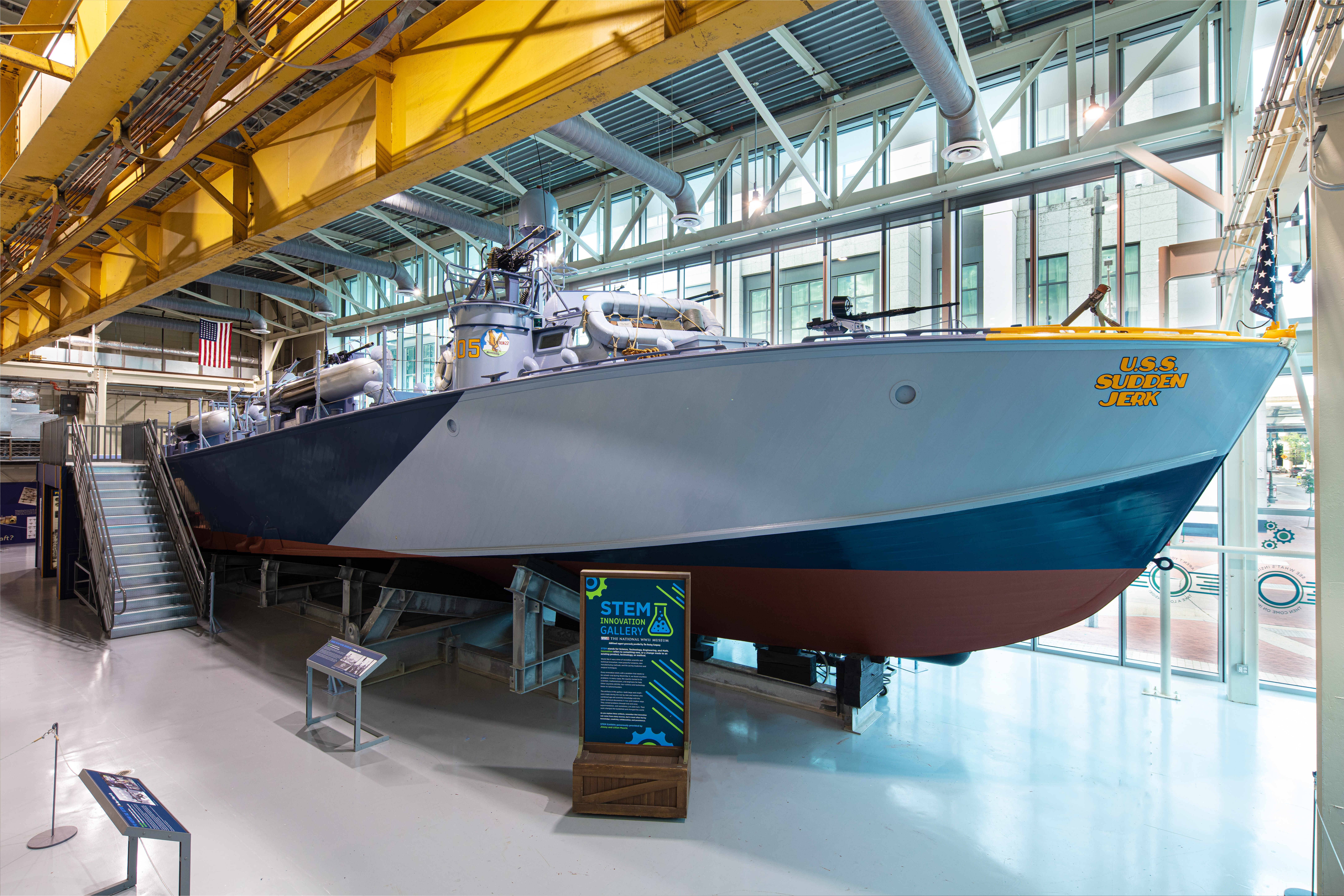
John E. Kushner Restoration Pavilion
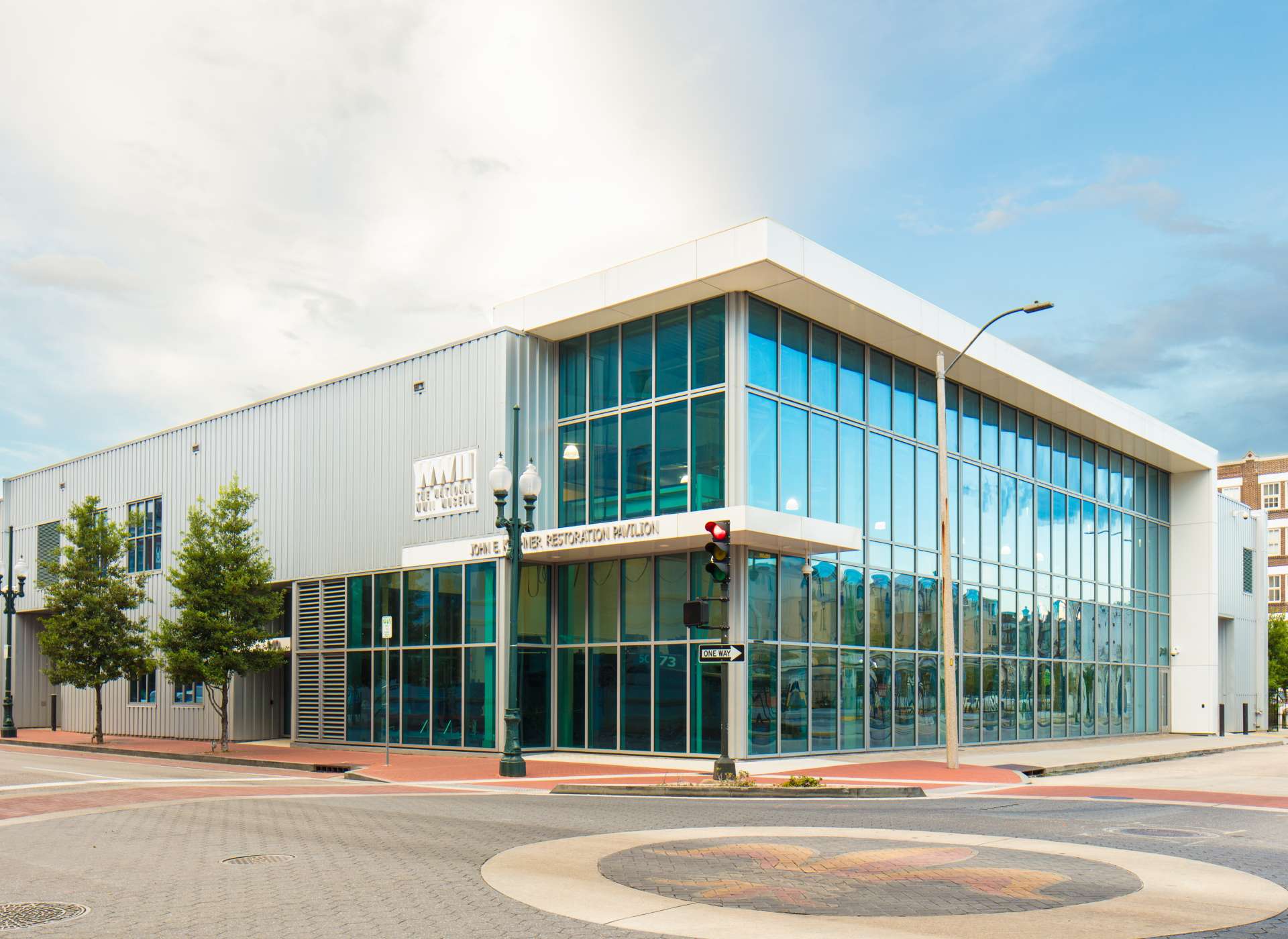
Now open, the John E. Kushner Restoration Pavilion offers up-close looks at WWII macro-artifacts, including the Museum’s patrol torpedo-boat, PT-305 , which returned to her permanent home on campus in 2022. Museum visitors can observe the fully restored vessel from the Lester and Beverly Wainer PT-305 Viewing Terrace and learn of her wartime crew and tours of duty. The Pavilion also houses the STEM Innovation Gallery, an educational space that gives visitors the opportunity to engage in tactile learning and exploration.
Originally built in New Orleans by Higgins Industries, PT-305, nicknamed USS Sudden Jerk, was a critical asset for the US Navy during World War II, serving in Mediterranean waters from 1944 to the end of the war. After years of civilian use, PT-305 was obtained by the Museum in 2007, and volunteers worked to restore her for the next 10 years, dedicating more than 120,000 hours of labor. In March 2017, the iconic vessel began offering rides and tours on Lake Pontchartrain, where she was originally tested by Higgins Industries. In 2022, PT-305 returned to the Museum as plans were developed to make her more accessible to wider audiences on campus.
The STEM Innovation Gallery features hands-on experiments and authentic WWII-era macro-artifacts, including a Dodge WC-9 Ambulance and an LVT-4 (Landing Vehicle Tracked), to show how science, technology, engineering, and math contributed to—and advanced—the Allied effort during World War II.
In the future, guided tours of PT-305’s interior will also be offered, and the Pavilion will include a dedicated facility for the restoration and preservation of the Museum’s priceless collection of WWII macro-artifacts.
STEM INNOVATION GALLERY
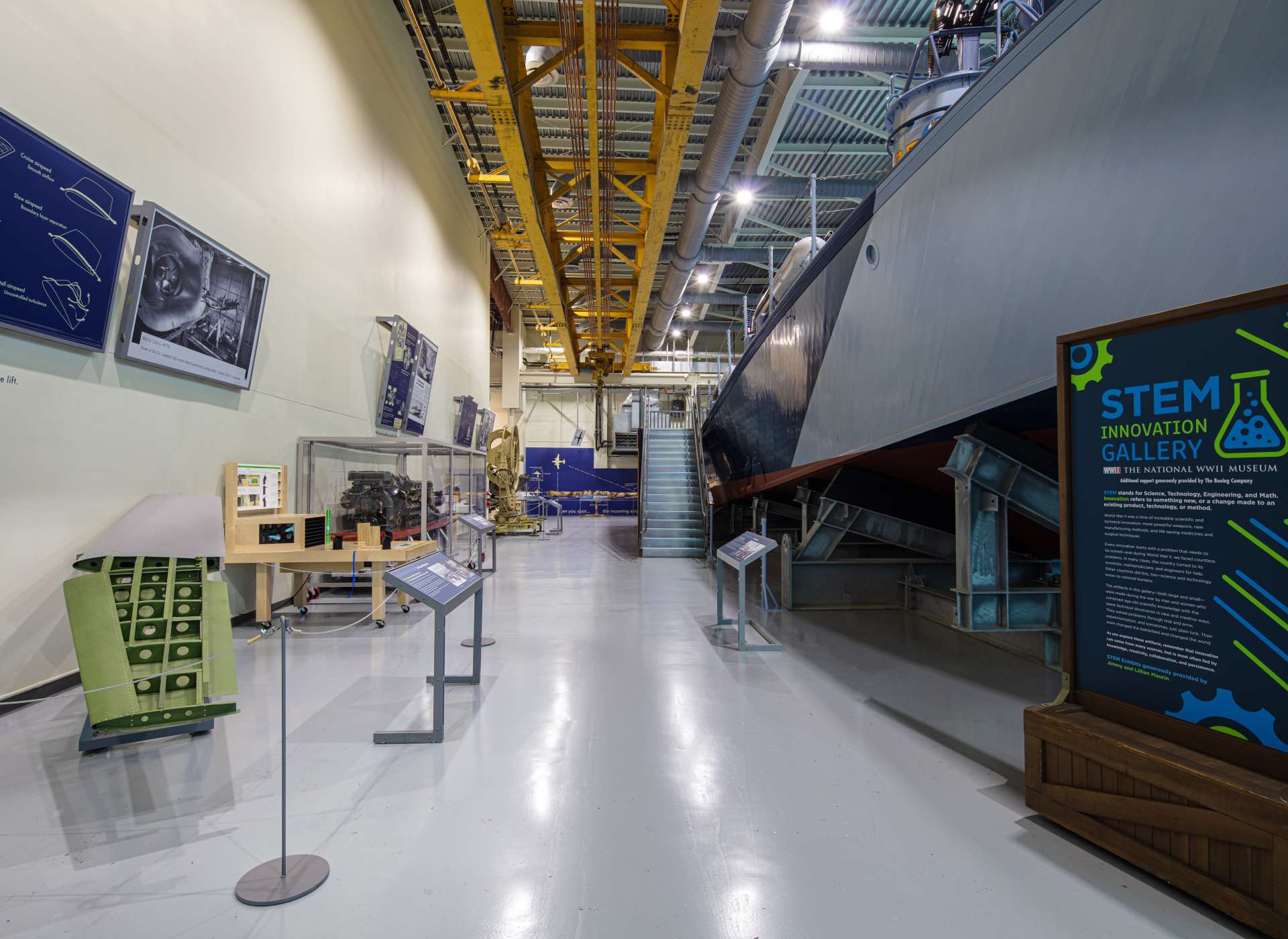
About John E. Kushner A native New Orleanian, John E. Kushner was a WWII history enthusiast with a particular affinity for collecting and restoring artifacts. He donated several valuable wartime artifacts to the Museum’s collection—including a WWII jeep like the one his father, Jack Kushner, had driven during his service. A founding Board member, Kushner believed in the importance of educating future generations about the values and lessons of World War II and was instrumental in securing the original Museum site.
Thanks to Our Donors The John E. Kushner Restoration Pavilion was funded in part by the Office of the Secretary of Commerce, Economic Development Administration.
The National WWII Museum would also like to acknowledge the generosity of John Kushner’s family and friends who contributed to the completion of John E. Kushner Restoration Pavilion in his honor:
Mr. and Mrs. Joseph C. Canizaro Coya and Frank Levy H. Britton Sanderford Mr. and Mrs. Judah Hertz Mr. and Mrs. Robert E. Smith Lupo Richard and Toni Bachmann Terri and John Havens Scott and Leslie Jacobs Robert Newman Family Mr. and Mrs. Rick S. Rees Andrew and Barbara Rosenberg Merritt and Elly Lane In Honor of Calvin C. Fayard Sr. Tripp and Heidi Friedler Valentino Family Barbara Kushner and Family Laitram LLC Mr. and Mrs. James M. Lapeyre Jr. Russell Palmer David R. Sherman Michael J. Siegel Steve and Donna Stumpf Robert E. Talbot Transoceanic Development Jimmy & Lillian Maurin
Museum campus.
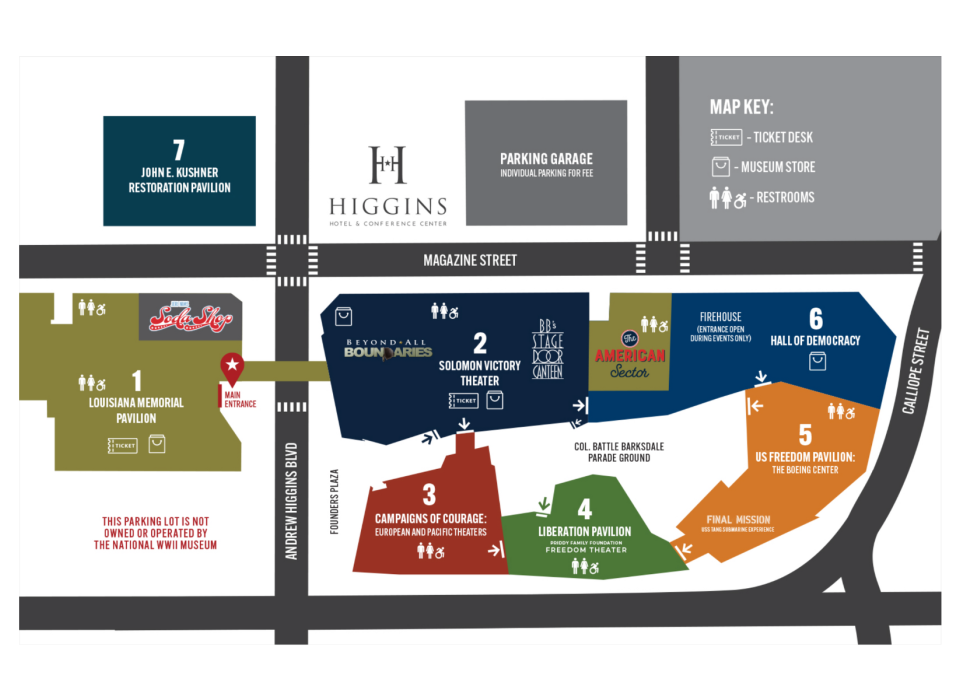
Explore The Campus
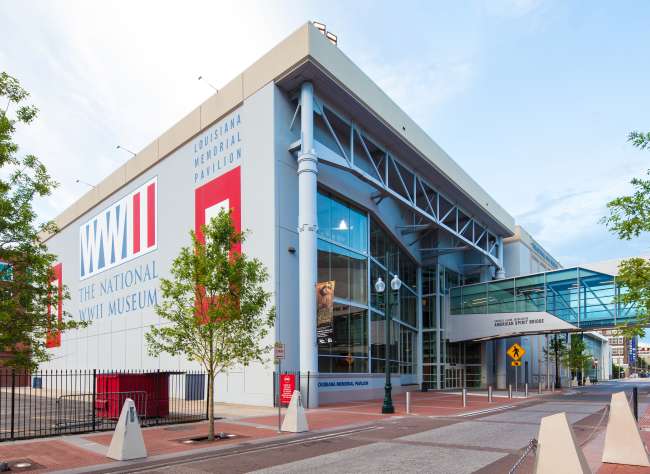
Louisiana Memorial Pavilion
The Louisiana Memorial Pavilion exhibits take visitors into the monumental efforts on the Home Front and to the beaches of Normandy—focusing on the thousands of men and women who made Allied victory in World War II possible.
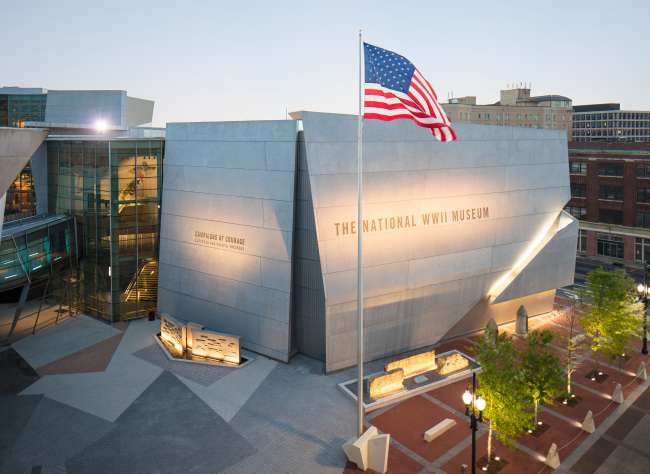
Campaigns of Courage
In a war where the terrain was as deadly as the enemy, this pavilion tells the story of American servicemembers abroad—and how they overcame unprecedented challenges on multiple fronts to win victory in World War II. In over 19,000 square feet of exhibit space, two extraordinary exhibitions bring visitors inside the epic story of the war in its most infamous settings, bringing to life jungles, beaches, mountains, and oceans in 19 immersive galleries.
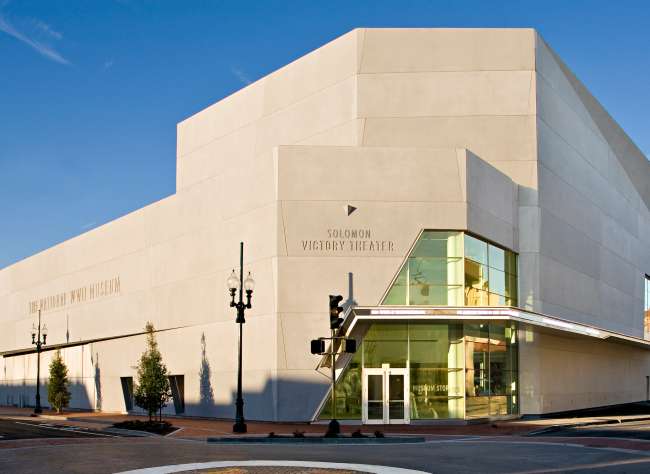
Solomon Victory Theater
The Solomon Victory Theater is home to Beyond All Boundaries , a 4D cinematic experience produced exclusively for The National WWII Museum by Tom Hanks—who narrates the film—and Phil Hettema.
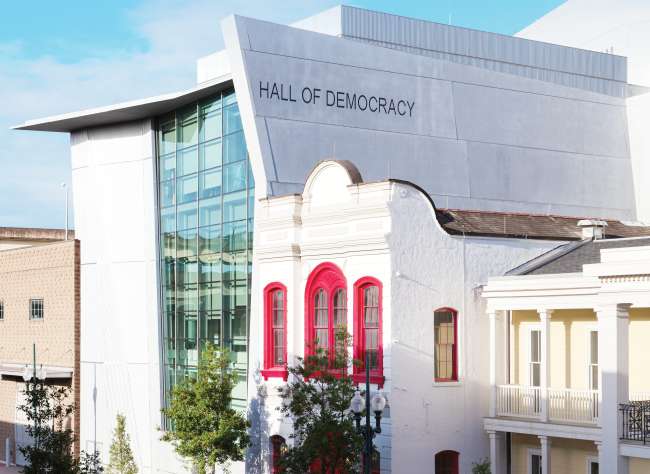
Hall of Democracy
The Hall of Democracy represents the center of the Museum’s expanding educational outreach initiatives—providing a space that will enable the institution to share its collections, oral histories, research, and expertise with audiences across the world.
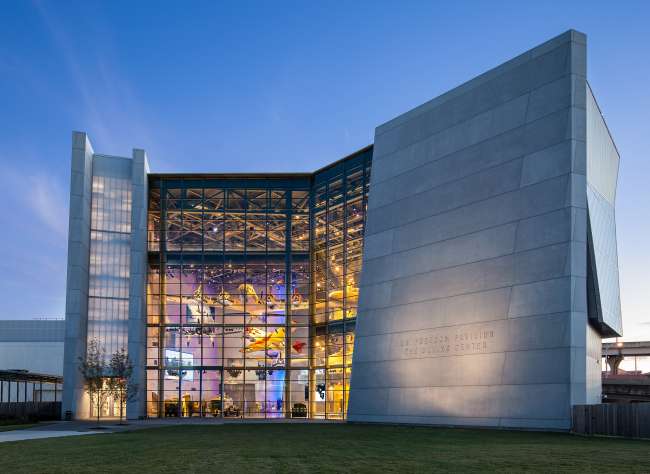
US Freedom Pavilion
In World War II— the war that changed the world —freedom hung in the balance. Americans answered the call to protect that freedom with 16 million men and women serving in uniform and an untold number of citizens of all ages doing their part on the Home Front. In US Freedom Pavilion: The Boeing Center, we honor their contributions.
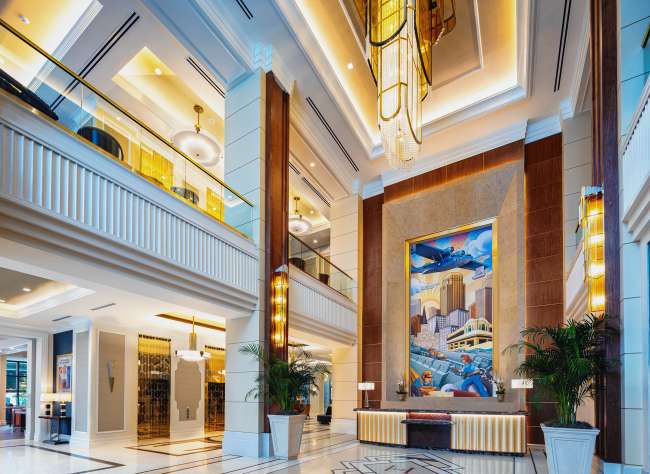
The Higgins Hotel & Conference Center
The official Hotel of The National WWII Museum, this stunning art-deco style property offers first-class accommodations, meeting spaces, and dining options providing a sophisticated lodging experience for guests.
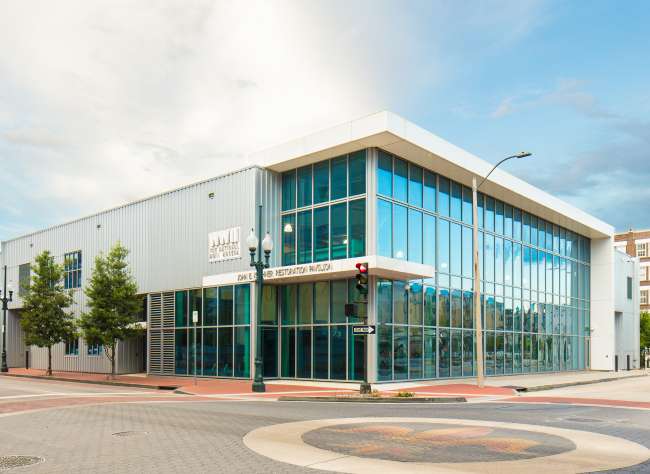
Founders Plaza
Founders Plaza creates an impressive entryway to the Museum campus, safe passage for Museum guests, and a pleasant setting for rest and reflection as part of the visitor experience.
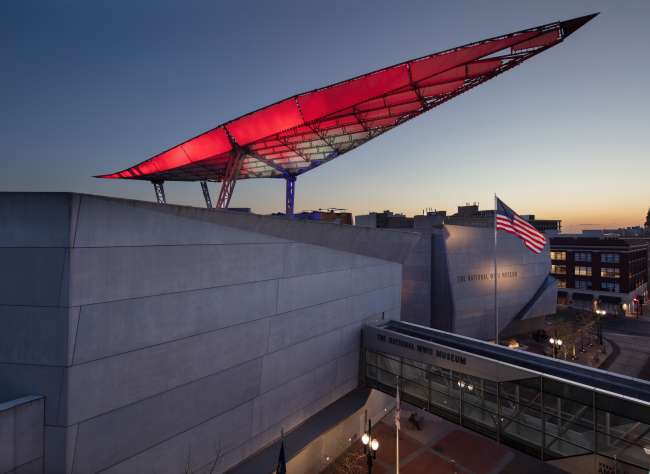
Bollinger Canopy of Peace
The soaring Bollinger Canopy of Peace, set to stand 150 feet tall, will unify the Museum's diverse campus and establish the Museum as a fixture on the New Orleans skyline.
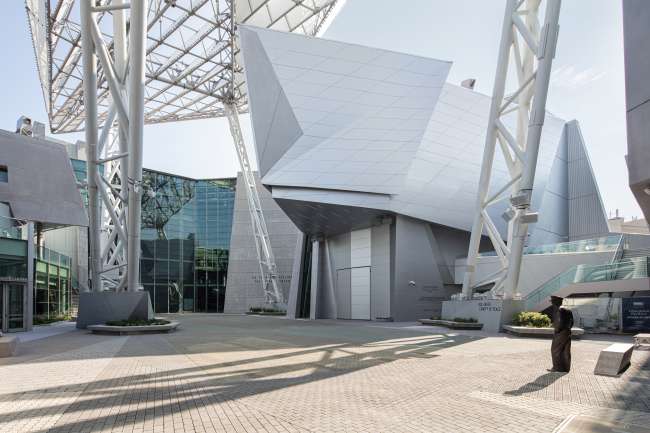
Liberation Pavilion
Three building levels will explore the closing months of the war and immediate postwar years, concluding with an explanation of links to our lives today.
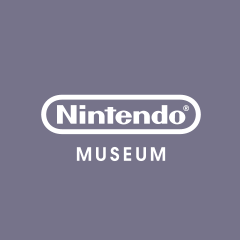
Reserve Tickets
Review Reserved Tickets
- From Ticket Reservation to Arrival at the Museum
- Accessibility
- Getting Here
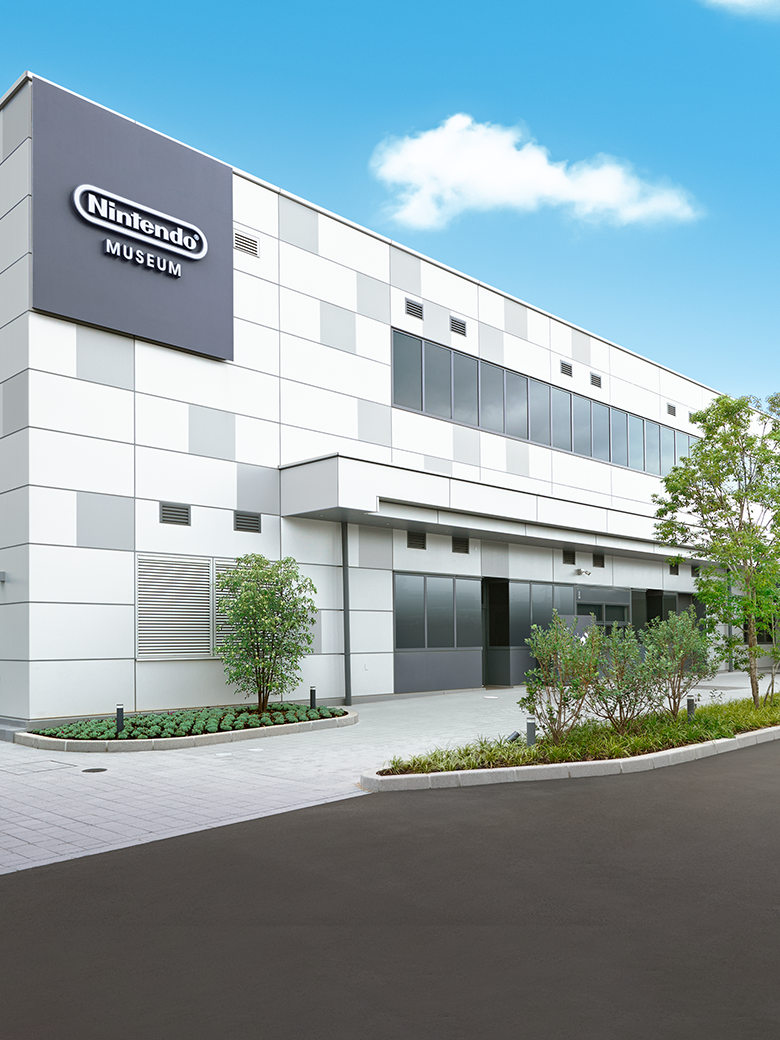
Now accepting drawing entries for October and November tickets.
Prices and Reservation Process
At the Nintendo Museum, you can discover the history of the entertainment that Nintendo has been offering through the many products we have released, from Hanafuda to Nintendo Switch, and experience our entertainment.
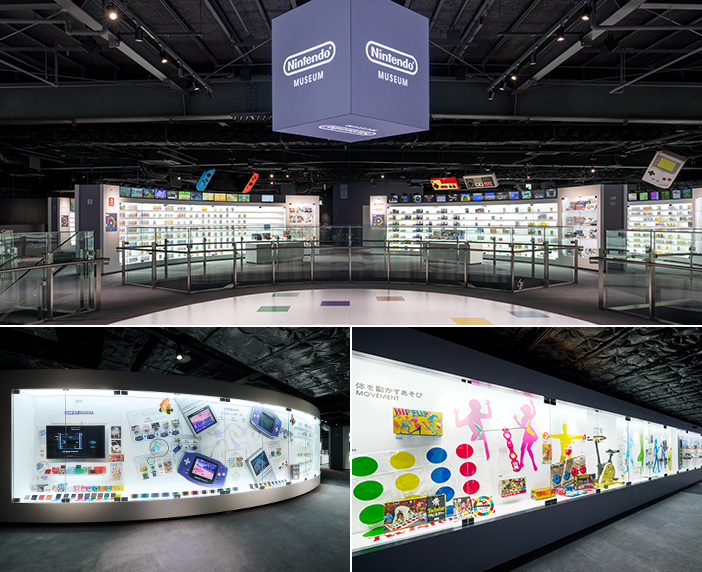
View side-by-side displays of products released by Nintendo. Discover Nintendo's commitment to creation and innovation while connecting it to your own memories and experiences.
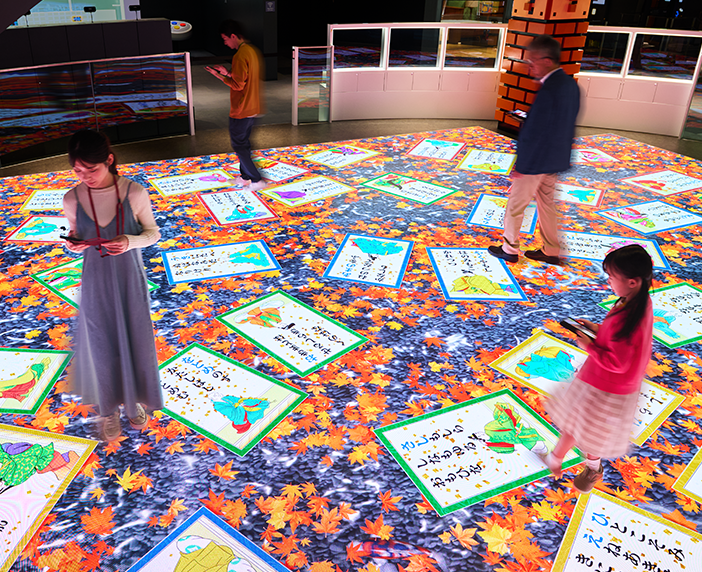
Enjoy play experiences born of Nintendo's creativity and enhanced with modern technology.
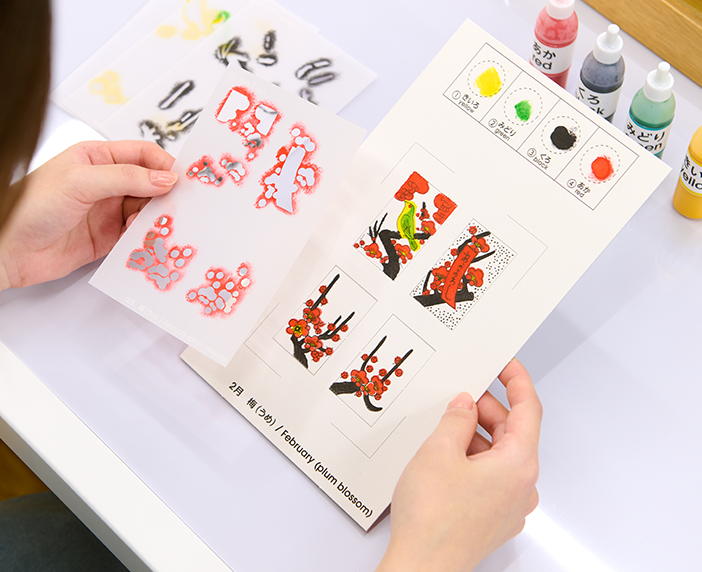
Experience Nintendo's origins by making your own Hanafuda playing cards, and playing with them while getting to know the rules of the game.

In addition to special drinks, we offer hamburgers, which you can custom order by combining your preferred ingredients.

In addition to official merchandise themed after Nintendo's game worlds and characters, the shop also carries items available only at the Nintendo Museum.
*The café and shop are located inside Nintendo Museum and are open only to ticket holders.
56 Kaguraden, Ogura-cho, Uji-shi, Kyoto 611-0042 5-minute walk from the East exit of Ogura Station (Kintetsu Railway Kyoto Line) 8-minute walk from the North exit of JR Ogura Station (JR Nara Line)
*Please take public transportation, excluding taxis, to reach the museum. Do not travel to the museum by cars, motorcycles, bicycles, or taxis.
Getting here
Please read before you enter the ticket drawing
- A free Nintendo Account is required to make a reservation.
- Tickets are sold via a randomly selected drawing.
- Drawing results will be sent out via email, or you can check the Home page of the ticketing website.
- If you are selected, you will be asked to complete your purchase. Only credit cards can be used to pay for tickets.
- Please make a reservation in the name of the person visiting the museum. We will check your identification on the day of your visit.
- Visits to the workshop require same-day reservations. A separate fee is required to participate.
I understand
Proceed to ticket reservation
Terms and Conditions / Privacy policy
- Nintendo Museum Terms and Conditions
- Nintendo Museum Privacy Policy
- Nintendo Acoount Agreement
- Nintendo Account Privacy Policy
The New Face at the Frick: Barkley L. Hendricks
This fall, Barkley L. Hendricks's paintings will hang in the museum that was a source of inspiration during his time.

An exhibition of work by Barkley L. Hendricks (1945–2017), curated by Aimee Ng and Antwaun Sargent, is chief among these efforts. Beginning September 21, paintings by Hendricks, the first artist of color to have a solo show at the museum, will hang alongside the Old Masters the Frick is known for, creating a connection between past and present. “The Frick was one of Hendricks’s favorite museums, and I wanted to show him at the height of his technical ability and range,” says Ng.

Admiration isn’t the only connection; there’s also technique. In Lawdy Mama (1969), the hair of his subject stands in for a halo, and the gold leaf background recalls Renaissance paintings. “Hendricks’s work feels so contemporary in this moment,” Ng says. “I think he was too modern for his own time.”

This story appears in the September 2023 issue of Town & Country.
Style News Editor at Town and Country covering society, style, art, and design.
@media(min-width: 40.625rem){.css-1jdielu:before{margin:0.625rem 0.625rem 0;width:3.5rem;-webkit-filter:invert(17%) sepia(72%) saturate(710%) hue-rotate(181deg) brightness(97%) contrast(97%);filter:invert(17%) sepia(72%) saturate(710%) hue-rotate(181deg) brightness(97%) contrast(97%);height:1.5rem;content:'';display:inline-block;-webkit-transform:scale(-1, 1);-moz-transform:scale(-1, 1);-ms-transform:scale(-1, 1);transform:scale(-1, 1);background-repeat:no-repeat;}.loaded .css-1jdielu:before{background-image:url(/_assets/design-tokens/townandcountrymag/static/images/diamond-header-design-element.80fb60e.svg);}}@media(min-width: 64rem){.css-1jdielu:before{margin:0 0.625rem 0.25rem;}} In the Magazine @media(min-width: 40.625rem){.css-128xfoy:before{margin:0.625rem 0.625rem 0;width:3.5rem;-webkit-filter:invert(17%) sepia(72%) saturate(710%) hue-rotate(181deg) brightness(97%) contrast(97%);filter:invert(17%) sepia(72%) saturate(710%) hue-rotate(181deg) brightness(97%) contrast(97%);height:1.5rem;content:'';display:inline-block;background-repeat:no-repeat;}.loaded .css-128xfoy:before{background-image:url(/_assets/design-tokens/townandcountrymag/static/images/diamond-header-design-element.80fb60e.svg);}}@media(min-width: 64rem){.css-128xfoy:before{margin:0 0.625rem 0.25rem;}}

How Lisa Fine Entertains at Home

Can An Art Advisor Save Your Marriage?

Into the Woods: Troubled-Teen Industry, Exposed

The T&C Jewelry Wardrobe: The New Pearl Rules

Tiffany's New Blue Book Collection Is Flying High

How Bulgari Turned a Gas Pipe Into a Jewelry Icon

The Perfect Uptown-Meets-Downtown Dinner Party

Inside the Family Feud That Changed Mexican Travel

Sarah Arison Rises at MoMA

All the World's a Stage for Katie Holmes

Exploring College Alternatives

IMAGES
COMMENTS
Jul 26, 2024 - Looking to get inspired on your trip to Veliky Novgorod? Immerse yourself into world-class art, exciting history, and mind-bending science. Check out the best museums in Veliky Novgorod to visit in 2024. Book effortlessly online with Tripadvisor!
Information on transport , accommodation , restaurants , cafes , architecture , museums , guided tours , exhibitions , monasteries , souvenirs , events in Veliky Novgorod.
Liza Bykova — private guide with a car — provides tours around sights of Veliky Novgorod, it's museums and monasteries. I'm certified with the Novgorod State Integrated Museum Reserve license. Veliky Novgorod, Novgorod Oblast, Russia Contact
Guide in Veliky Novgorod. 43 reviews. #1 of 10 Tours in Veliky Novgorod. Tours, Day Trips, More. Veliky Novgorod, Russia. More. About Guide in Veliky Novgorod. Liza Bykova — private guide with a car — provides tours around sights of Veliky Novgorod, it's museums and monasteries. I'm certified with the Novgorod State Integrated Museum ...
Oct 30, 2022 - Looking to get inspired on your trip to Veliky Novgorod? Immerse yourself into world-class art, exciting history, and mind-bending science. Check out the best museums in Veliky Novgorod to visit in 2022. Book effortlessly online with Tripadvisor!
The Yaroslav Court and the ancient Tradeyard is another open-air museum with great examples of architecture like churches of Paraskeva-Pyatnitsa, Myrrh-Bearing Women, and St. John-The Baptist. If you drive only 4 kilometers away from Velikiy Novgorod city center, you will have a chance to see the famous open-air complex called Vitoslavlitsy.
Take a tour around Novgorod with an audio guide дополненной реальности In Veliky Novgorod there is a sculpture called 'Novgorod region in the 12-15th centuries'. It looks like a map with the ancient Novgorod borders and key events from its history.
Other Russian food options are the (right next to Zavodbar) or the Sudarushka restaurant (Bolshaya Moskovskaya, 32). : the Kremlin, ancient churches, monasteries, museums, etc. The tourist information center is near the Kremlin and you can get a map of the city, or an audio guide: Here is also a tourist map of the city in digital format:
Our guide to Veliky Novgorod includes descriptions of main attractions of this ancient Russian city.
Veliky Novgorod ( Russian: Великий Новгород, lit. 'Great Newtown', IPA: [vʲɪˈlʲikʲɪj ˈnovɡərət] ), [ 10 ] also known simply as Novgorod ( Новгород ), is the largest city and administrative centre of Novgorod Oblast, Russia. It is one of the oldest cities in Russia, [ 11 ] being first mentioned in the 9th century.
Museum of history and art is located in Kremlin, the old fortress of Veliky Novgorod, an important and historical city...
Top Veliky Novgorod Tours: See reviews and photos of tours in Veliky Novgorod, Russia on Tripadvisor.
Veliky Novgorod or Novgorod the Great (just Novgorod until 1999) is a city in the north-west of Russia, the administrative center of Novgorod Oblast. It is one of the oldest and most famous cities in Russia with more than a thousand years of history. The phone code - +7 8162, the postal codes - 173000-173902.
Many of us love traveling on the Wanderlog team, so naturally we're always on the hunt to find the most popular spots anytime we travel somewhere new. With favorites like Vitoslavlitsy Museum, Saint Sophia Cathedral in Novgorod, and Yaroslav's Court and more, get ready to experience the best places in Veliky Novgorod.
Things to Do in Veliky Novgorod, Russia: See Tripadvisor's 23,819 traveller reviews and photos of Veliky Novgorod tourist attractions. Find what to do today, this weekend, or in October. We have reviews of the best places to see in Veliky Novgorod. Visit top-rated & must-see attractions.
Veliky Novgorod is the only place where it is possible to discover the full array of those emotional experiences that are so dear and important to every citizen of our country: the richness of Russia's soul, the unbreakable bond with the great and glorious history of the country, and the touch of the living antiquity. You can say you know your country only after you have visited the ancient ...
For those of you making the trip to Veliky Novgorod Region, here is a list of unmissable activities and places of interest to really get you acquainted with the area and its history.
A monument depicting 1,000 years of Russian history. Sep 2016 • Couples. The Millennium of Russia Monument was erected in 1862 to commemorate Veliky Novgorod's 1,000th anniversary. It has been cast from over 60 tonnes of bronze and resembles a bell with sculptures of famous Russian figures from bygone years.
HONOLULU (HawaiiNewsNow) - The Honolulu Fire Department Museum and Education Center held free tours on Saturday. Firefighters guide the tours every third Saturday of the month from 9 a.m. to 1 p.m.
Leone is a licensed tour guide and serves on the DC History Center's board of trustees and on the DC Preservation League's committees on landmarks and historic districts. Vogt is a former member of the Foggy Bottom Association's board and serves on the DC History Center's community council.
Liza Bykova — private guide with a car — provides tours around sights of Veliky Novgorod, it's museums and monasteries. I'm certified with the Novgorod State Integrated Museum Reserve license.
Besides the famous Japanese discipline Aikido, the country is known for its deeply-rooted cultural heritage and exquisite craftsmanship, writings, and all. For travelers like you seeking unique ...
GetYourGuide collects and categorizes all the world's things to do so you research less and do more. Africa to Oceania and back again, we make it simple for you to find and book the tour, activity, or attraction that will make your trip — or your day.
Now open, the John E. Kushner Restoration Pavilion offers up-close looks at WWII macro-artifacts, including the Museum's patrol torpedo-boat, PT-305, which returned to her permanent home on campus in 2022. Museum visitors can observe the fully restored vessel from the Lester and Beverly Wainer PT-305 Viewing Terrace and learn of her wartime crew and tours of duty. The Pavilion also houses ...
Private Novgorod Kremlin Guided Tour. We will visit the Novgorod Kremlin (traditionally known as the Detinets) - a masterpiece of the medieval architecture which also contains the oldest palace in Russia dating back to 1433 - the Chamber of the Facets, which served as the main meeting hall of the Russian archbishops; the oldest Russian bell ...
This is the official website of the Nintendo Museum, a facility where you can discover the history of the entertainment that Nintendo has been offering and experience our entertainment.
The Blackstone CEO is planning a lasting legacy by opening the Gilded Age mansion to the public for tours after his and his wife's deaths.
Things to Do in Veliky Novgorod, Russia: See Tripadvisor's 24,302 traveler reviews and photos of Veliky Novgorod tourist attractions. Find what to do today, this weekend, or in August. We have reviews of the best places to see in Veliky Novgorod. Visit top-rated & must-see attractions.
This fall, Barkley L. Hendricks's paintings will hang in the museum that was a source of inspiration during his time.
During this tour yu will be taken to the suburbs of Veliky Novgorod - to the Yuriev Monastery and an open-air museum "Vitoslavlitsi". Yuriev Monastery is situated on the bank of Volkhov river, near Ilmen Lake and is the oldest men active monastery in Russia (it was founded in 1030 by Jaroslav the Wise).